|
Photos speak for themselves. The museum is marvelous. Very interesting exhibits. We spent several hours there.
0 Comments
We took a field trip with Dean and Eric to the Swiss Valley Nature Center where we enjoyed the nature center itself, and then took a brief walk down to the creek where Dean did a benthic invertebrate search to show us how the types of invertebrates found can be used as indicators for the health of the water. When I spoke earlier with Chuck Isenhart and Dean and Eric, they shared with me a great deal about the water quality issues of Iowa. Since 1993, Dubuque has declared itself a national disaster area 8-9 times due to flooding. Therefore, Dubuque is trying to work on decreasing flooding by implementing some of these tactics:
Thirty-one states and 2 provinces drain into the Mississippi River, and Minnesota and Wisconsin are considered to be leaders in protecting their lakes, but all the states in the Mississippi River watershed do things differently, and assuming all MN and WI's tactics is not as easy as saying they should. Political pushback can be great in some of these states because the culture is one of fearing that someone will dictate what the land can be used for. What is crucial is working together across boundaries to use rational boundaries instead. Rather than dictating what farmers can do with land, legislators want to implement a "we'll help you if you help yourself" planning principle. Looking at the ecology as a whole, not just measuring nitrogen run-off, is one way to encourage and measure solid planning. Chuck Isenhart was clear about a few points:
Words matter. That's what Jonathan Brown, our tour guide and plant manager, reminded us. The plant that we toured used to be called the Water Pollution Control Plant, but that implies a negative. Instead, the plant is now focused not on reducing pollution but recovering water and other byproducts of sewage waste; hence its name: the Water and Resource Recovery Center (WRRC). It's a mindset change: sewage is not just waste to throw away, it has important and valuable resources worth recovering. Until 1956, Dubuque's sewage flowed directly into the Mississippi River, untreated. In addition, industry like meat packing companies would discharge their waste (including grease and blood) directly into the river. A sewage treatment plant was built in 1956, and its efforts were redoubled with advent of the Clean Water Act in 1972. At that time, the WRRC's influent saw 2000mg/L of biochemical oxygen demand (BOD) and had an effluent of 300-400mg/L BOD. At that time, Dubuque's population was close to 750,000. The population is much smaller now, about 60,000. Currently, influent measures 300-400mg/L BOD and effluent measures just 10 mg/L BOD. Thus, the effluent from the city has greatly improved over the past 40-50 years. So how is this all achieved? Sewage is treated in a series of 4 pools and chambers which successively heat and then cool and stabilize the inflent rendering the material cleaner. Anaerobic digesters release methane which is cleaned and used to power micro turbines which heat 75% of the plant. This methane recovery saves $250,000 per year in electricity and reduces the plant's carbon footprint. The anaerobic digesters also yield high quality biosolid for farmland. Biosolid is very similar to compost, but comes from human waste rather than vegetable matter. Adding biosolid to the land improves the tilth of the soil, increases organic matter and allows for slow nitrogen release. Liquid effluent is water with only 10 mg/L BOD and is released into the Mississippi River. The WRRC's goals are #1: Improve public health #2: improve health of the environment #3: give back by regaining good from the process (water, energy, biosolids). WRRC is still working on decreasing the amount of N and P released into the environment, but the expensive infrastructure (they've invested $70 million and need several more million dollars to reach all their goals) only recovers and cleans so much. WRRC is hoping to eventually be able to recover phosphorous from waste water too, so that doesn't go into the river. Currently, phosphorous used in fertilizer is mined, so it has economic worth. As phosphorus is the limiting factor for algal blooms, removing it from wastewater effluent would help in decreasing the size of the Gulf of Mexico's Dead Zone. Though it must not be forgotten that phosphorous comes much more from agriculture than wastewater. Indeed, money invested upstream (decreasing N and P used in the first place) will likely be wiser and more effective in the long run. When asked about plastics, Jonathan Brown said that macroplastics are filtered out, but that there are no microplastic filters at WRRC. Small pieces of plastic likely get rolled into the biosolids, or else exit in effluent. He also expressed his dismay for "flushable" wipes. "Yes, they're technically flushable--they will go down your toilet, but they don't break down easily and they clog our filters all the time." (Hint: Don't use "flushable" wipes!!!) The Mississippi River is basically broken into 3 sections: The Headwaters, The Upper Mississippi River, and the Lower Mississippi River. The Headwaters are wild and go from Lake Itasca to Minneapolis. There are a bunch of dams, but no locks, so all the dams in the Headwaters must be portaged. The Lower Mississippi River goes from Cairo, Illinois, where the Ohio River joins the Mississippi, to the Gulf of Mexico and has no locks or dams. The Upper Mississippi River goes from Minneapolis to Cairo, Illinois, and there are 28 dams, all with locks. The US Army Corps of Engineers keeps the river navigable to barge traffic from Minneapolis to the Gulf by dredging a 9 foot deep channel, and maintaining the locks and dams of the Upper river. The dams control water flow and levels of water in the pools between dams. Locks are compartments at the edge of the dams that allow boats and barges to pass through. You pull into the lock, a door closes behind you, the water adjusts to the level of the water on the other side of the lock (drops in my case), and off you go. In this video, you can see what the process is like, and meet Don, a lockmaster. He shares his perspective on plastics in the river. George Hawkins is an Ojibwe man, living on the banks of the Mississippi south of Lake Winnibigoshish. More about my meeting with him here. He provides his personal insights into the health of the river, and some environmental work he's done in the past. Hint: he's my hero and I didn't even know it until I interviewed him! Today was the 2nd day in a row that I skipped my planned campsite and went straight on to the next. Last week, when my deltoids stopped working, another muscle group would work until failure, and so on until paddling felt like I was just stirring soup with a spoon and nothing more. Today, when my deltoids felt tired, I felt a strong lower back kicking in, I felt alternate postures and handle-grips working their magic. Don’t get me wrong, I’m still super sore and should probably not push it too hard over the next few days, but I do feel like I’m getting better at this! Leaving Crazy James’ campsite, I felt like it was my duty to record the spot (on instagram) since I would normally think it was quite beautiful. I did my best, but the mosquitos were thick, and so was the poison ivy. I was trying to get out of there as fast as possible. Along the river today, I continued listening to Harry Potter and the methods of Rationality—it’s a good keep-paddling-method, listening to a story. I saw more than 10 bald eagles, and an otter bouncing on a sand bar, and a bunch more rodents (can’t ever tell if they’re otter, beaver, or muskrats) swimming. The kingfisher are not enormous anymore, but they’re still plentiful. Goldfinch have started making an appearance, and at night I hear bullfrogs (I think not native?) in addition to the greenfrogs (which sound like knocks on wood). 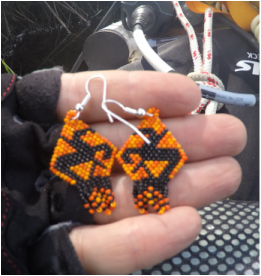 Handiwork by George Hawkins Handiwork by George Hawkins At one point, I paddled by a homestead, marked by hand-hewn fences, and out popped a man, who seemed to have a 6th sense for paddlers coming through (I usually sneak up on wildlife! But he was immediately out to greet me). It was George Hawkins, one of the Mississippi River Paddlers river angels, and he offered me a new handle to make portaging easier (yay!), some peanut butter and dehydrated eggs (to make up for the nuts and eggs that Mama Raccoon stole yesterday), and some of his gorgeous beaded handiwork! He's of native descent (Leech Lake band of Ojibiwe, bear clan, eagle spirit) and works with super tiny beads and his own designs. He lost his daughter in an accident earlier this year, and I think I reminded him of her a little bit, at least in adventuresome spirit. I will think of him and his daughter fondly every time I wear the earrings. He was so encouraging. “You’re doing great. There are people who gave up on this journey before here. You just stay healthy and keep those bug bites and poison ivy under control and you’ll be okay. I think one man stopped not far from here because he said his legs looked like tapioca. You gotta dry the poison ivy out, and keep from scratching the bug bites. You’ll be fine.” The earrings are made in the image of James Earle Fraser's "End of the Trail" sculpture, which depicts a Native American on horseback, returning from battle. It is meant to represent the strength of the Native, their spirituality, their medicine as they transformed, proudly, into the next century. George suggested that he meant it for me as encouragement that I would definitely reach the "end of the trail," and that I had his blessing. In his words, "it stands for 'never give up.' The horse and rider are dead tired and still stand to fight." I asked how long he had lived there on the river, and he said, “6 generations”! It's the ancestral land of one of the seven native sisters who made a bluster and were granted the land by the POTUS at the time.  I interviewed George, and it turns out in 4th grade, he and some classmates were the kids that came up with “Give a hoot, don’t pollute”!! I think that’s so cool! He’s my hero, and I met him! (interview coming soon) I enjoyed chatting with him on the river bank a while longer. He set me up with some pool noodle as paddle grips for my aching hands (a wider grip to relax my arthritic hands), and I was off. The deer flies were really bad on the water today, so I wore my head net during the 2nd half of the day. I paddled on all the way to Schoolcraft State Park, just past Deer River where I arrived just before 10pm. I had just barely enough light to set up my tent, and then it was dark. The humming mosquitos swarming outside my tent lulled me to sleep.  I had the most synchronistic and wonderful meeting with Dave Roberts this morning! I learned yesterday of a man who is also paddling the Mississippi this summer--it sounded like our time frames will be similar so I suggested we stay in touch in case we run into one another on the water. I happened to ask where he was now, and--randomly--it turns out he lives JUST FIVE MILES FROM ME here in Maryland. So I went to meet him in person this morning. He opened the door with a wide and welcoming smile, and we instantly fell into a couple hours of trading stories, life philosophies, itineraries, and what drives our adventuresome spirit. Dave is truly a marvelous human being (follow his journey here). He's done two stints in the Peace Corps (Liberia and Vanuatu), sailed across the Atlantic (in a similar sized sloop to Feather, the boat I lived on as a kid), and is now 1/3 way through a 25,000 mile excursion around the United States via hiking, biking, and paddling. Let's see if I can remember his pathway... He's already hiked up the Appalachian Trail, biked from Maine to Key West, walked from there to the panhandle of florida, biked to Michigan: so far, a hearty 8,000 miles in. His plan is to continue biking from Michigan to Minnesota, paddle the Mississippi, walk from New Orleans to the Grand Canyon in New Mexico, bike to the continental divide and hike up to the source of the Missouri River, paddle down the Missouri to Kansas City, bike to California, walk up the Pacific Crest Trail (or something like that, I hope I haven't butchered it too badly). So exciting and impressive! When he completes the journey, he will have been the oldest person to complete the "triple crown" (AT, continental divide, PCT) over the age of 70. We traded tips and information about the preparation we've done for paddling. He was impressed with my preparation and how well my Kickstarter is going, and super supportive in general. It's wonderful to know that he and I, even if we're a few days ahead or behind one another, will be keeping in touch along the way and looking out for one another. He also gave me a copy of his new book, The Earth Project, and inscribed it "Alyssum, my new paddling buddy. Yahoo! -Dave". I loved what Dave said about expanding our comfort zone. He was talking about how while he and I are very comfortable in nature, many people think what we're doing is crazy because it is out of their comfort zone. For him, he said, when he's in nature, he expects to be a part of it, so things like extreme heat or cold, dampness or dryness, bugs, etc don't bother him (me too). He pointed out that the more you put yourself in situations that are just slightly outside your comfort zone, the more comfortable you become with them, and that's how you expand your comfort zone and tolerance. He said he likes to put himself in situations where he's just a little bit uncomfortable, because expanding one's comfort zone is personal growth. The opposite is true, too, he reflected. People who stay inside with the air conditioning, for instance, might have their comfort zones contract so that something as simple as opening the door (and being faced with the heat and humidity) is out of one's comfort zone. He mentioned that he's very comfortable in nature, but he's quite uncomfortable around negative people, and that that's the next comfort zone he's focusing on purposefully expanding--dealing with and becoming more comfortable with difficult people. I related to this philosophy and liked the visual he was miming with his hands while discussing the phenomenon. What comfort zones are you currently challenging? I'm so excited to be announcing this project! I will be paddling the Mississippi River this summer while documenting water quality and plastic waste along the way. This blog is where I will be sharing all progress, stories, videos, photos and journal entries. Please RSS the blog to make sure you don't miss an entry. Thanks for joining me!
|
AuthorAlyssum Pohl is paddling the Mississippi River and documenting water quality and plastic waste along the way. Archives
October 2017
Categories
All
|
| Alyssum Pohl: Writing & Professional Training Portfolio |
|

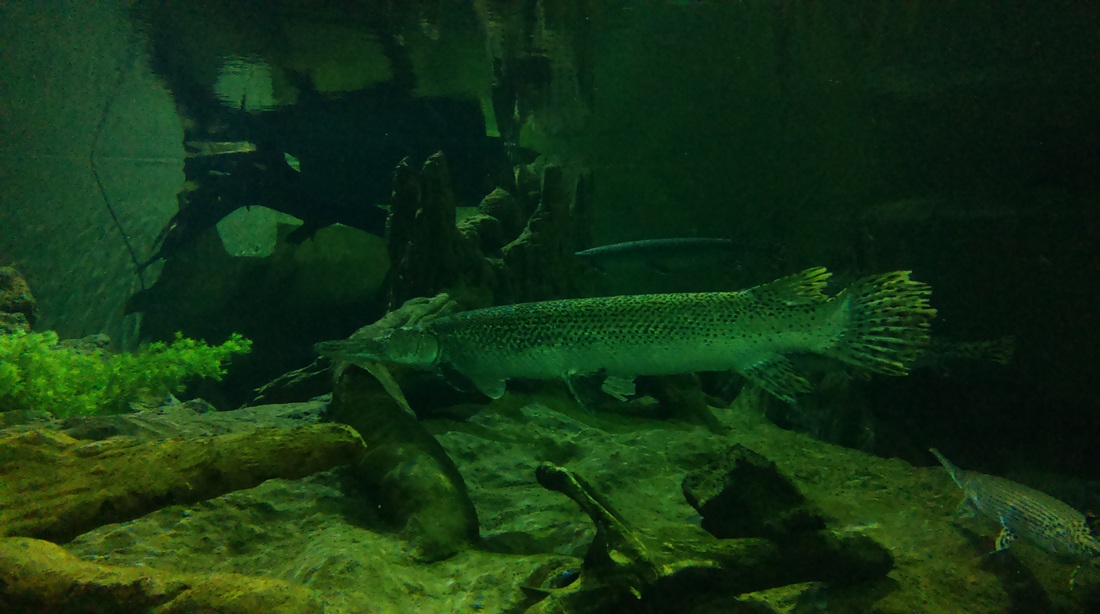
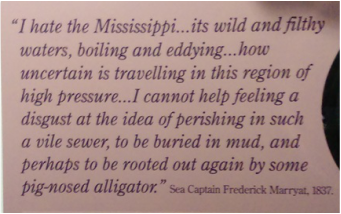

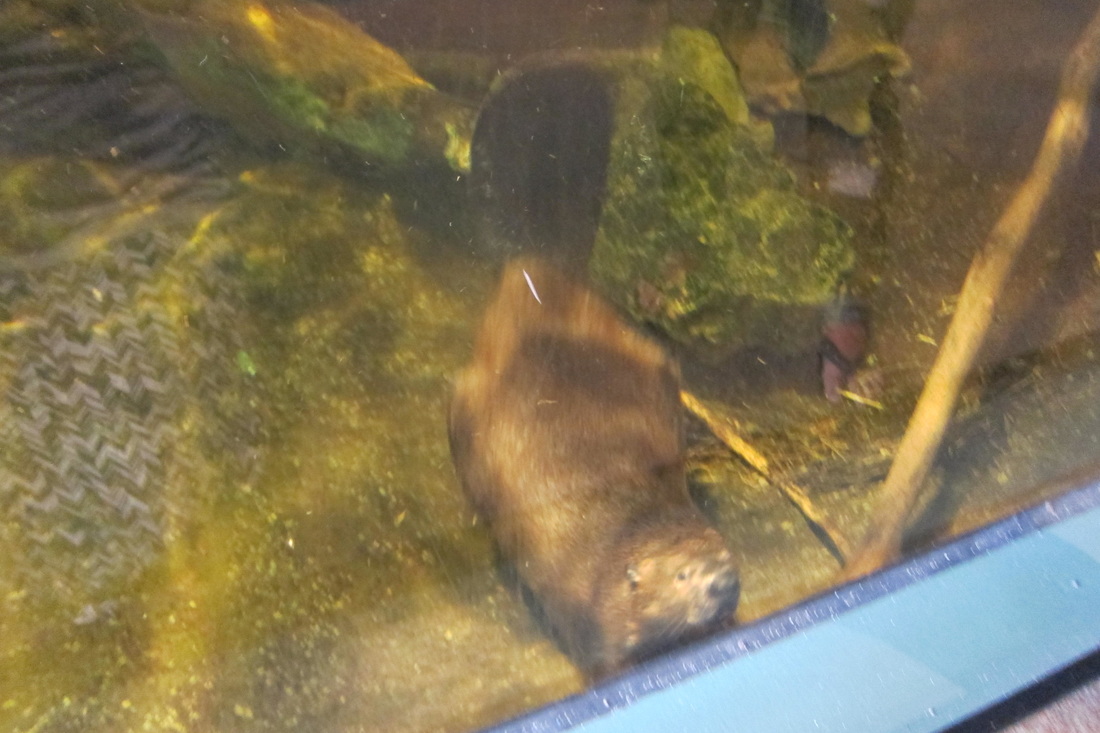
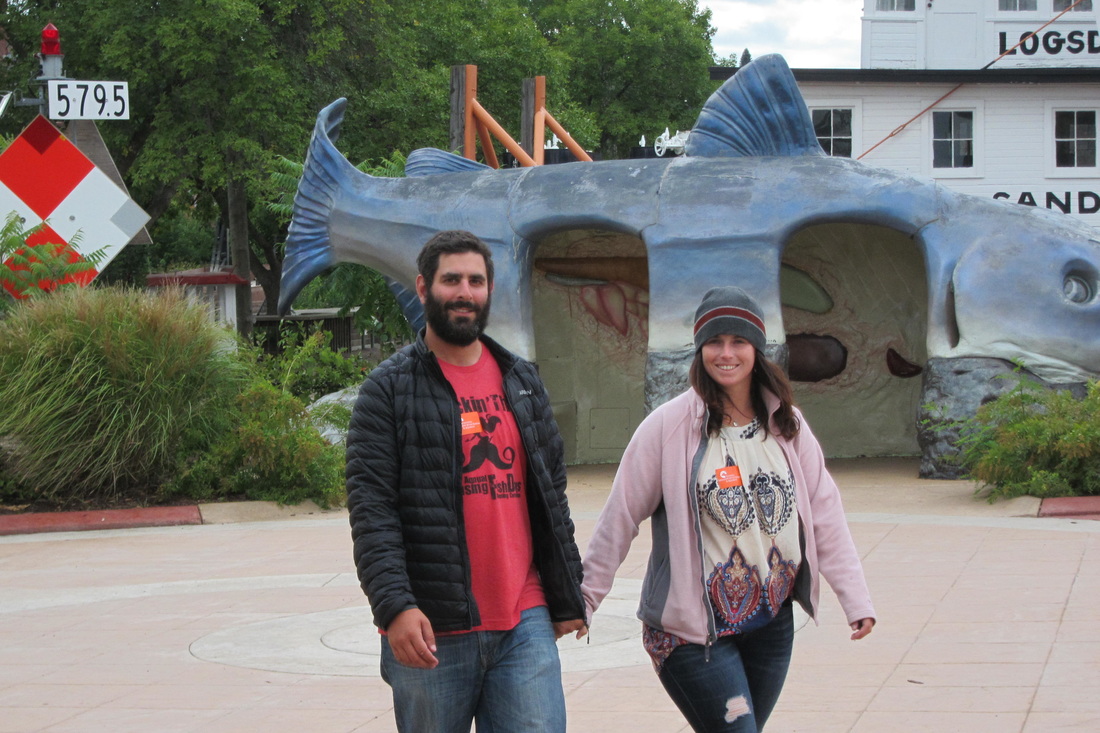
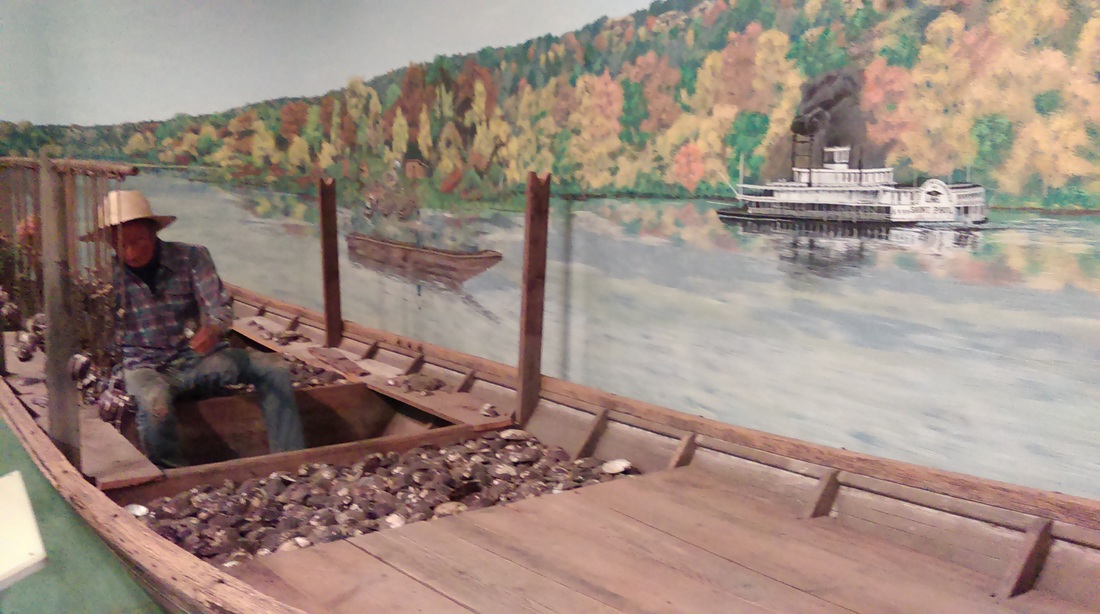
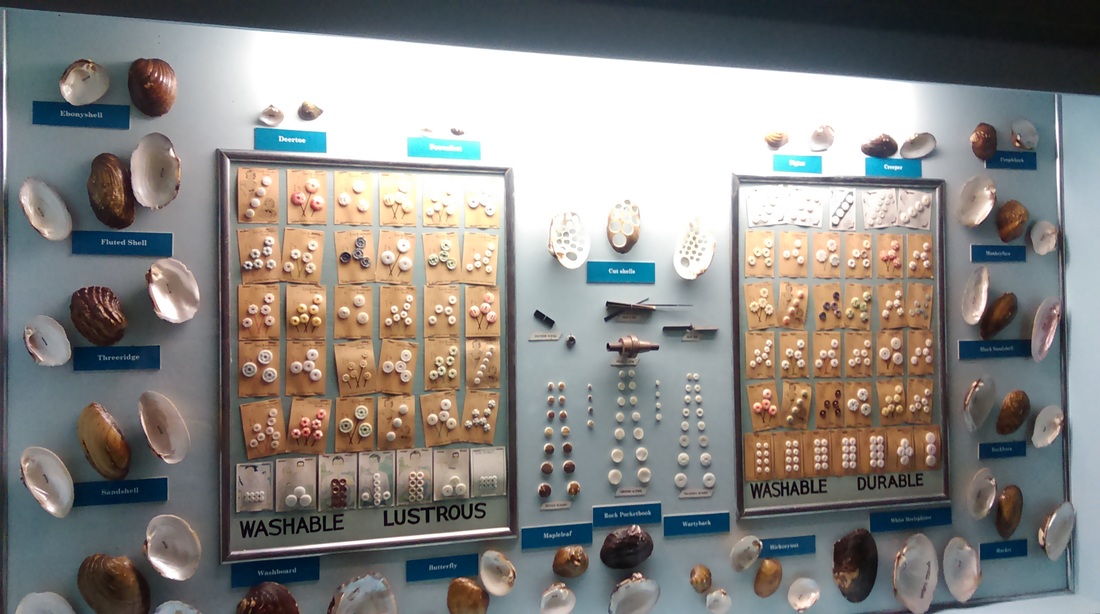
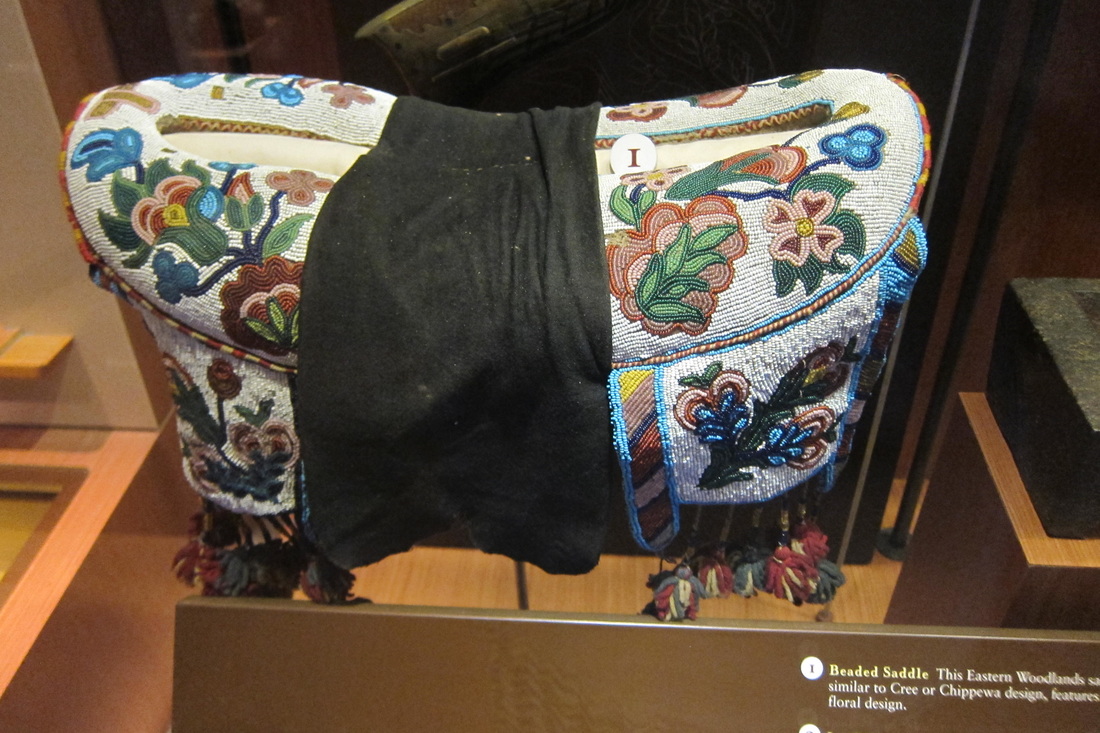
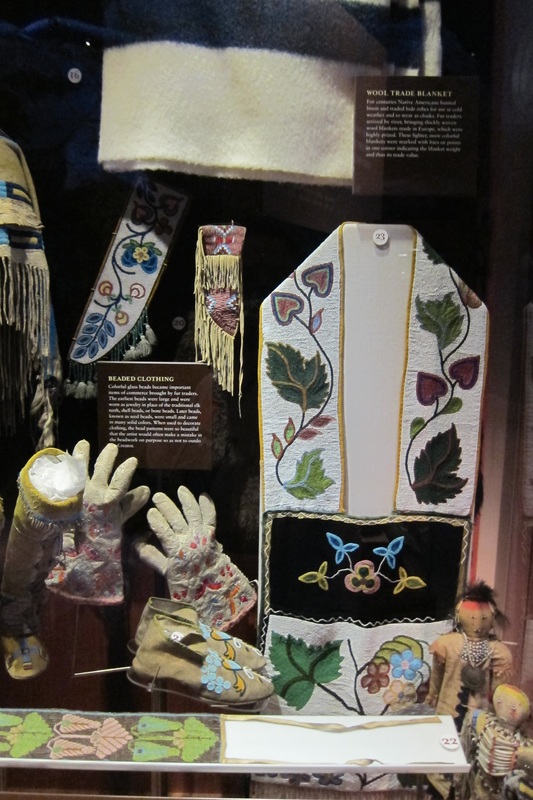

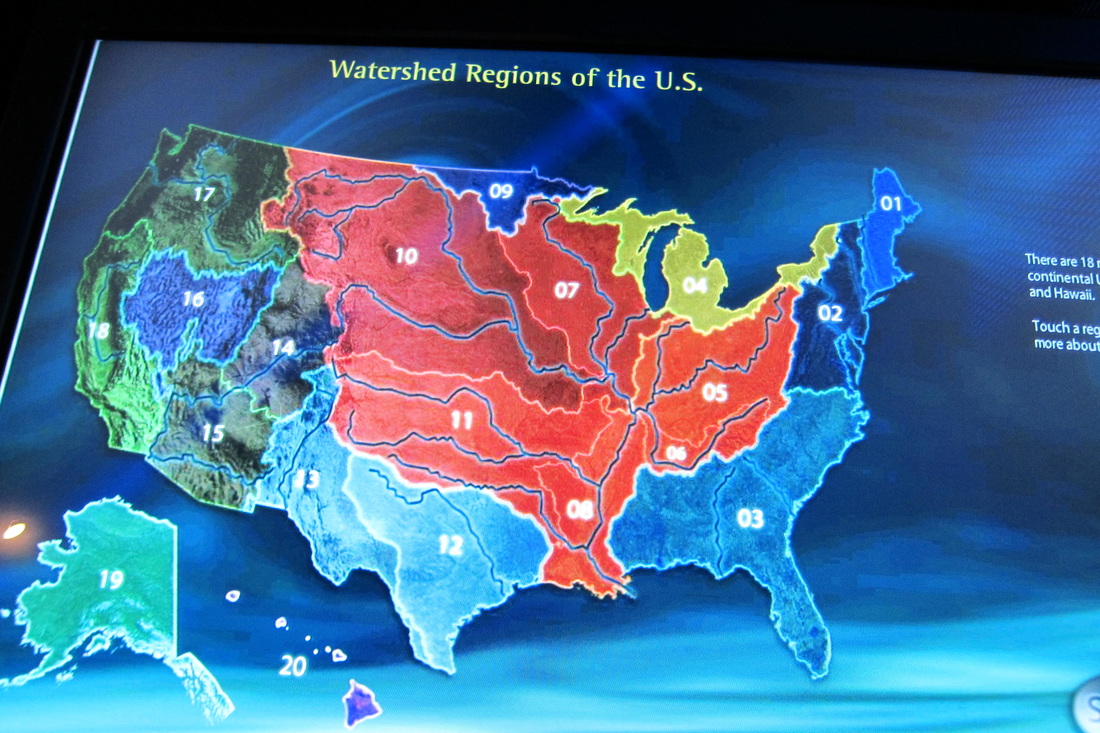
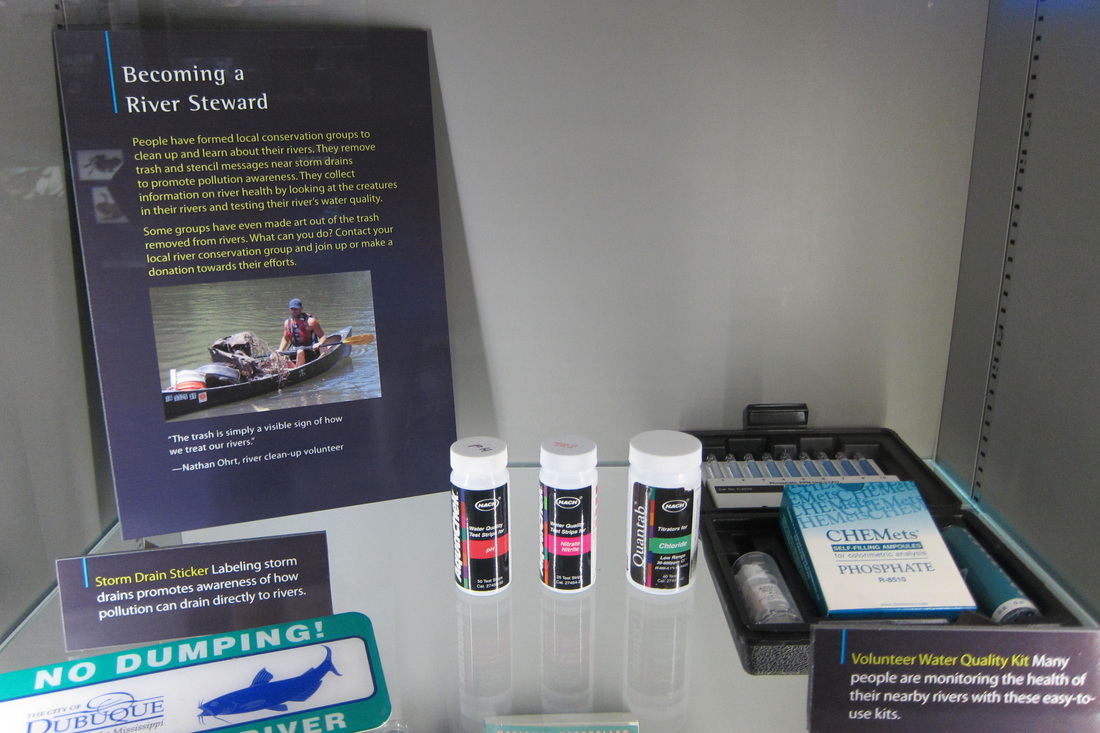
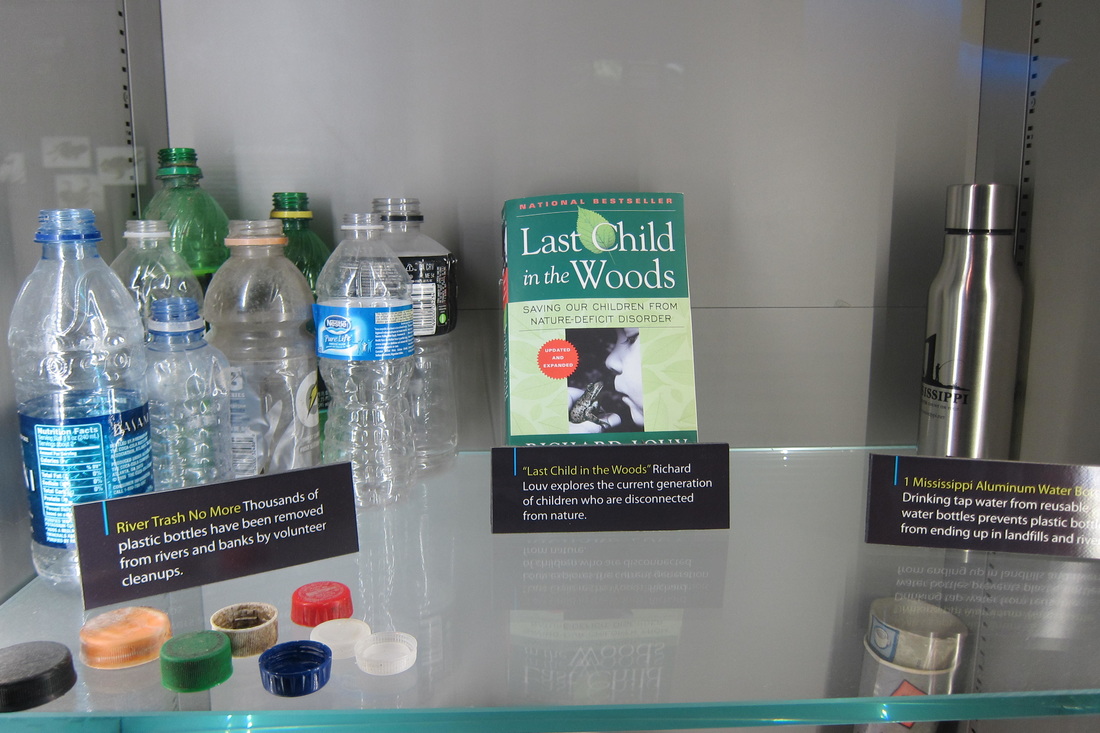
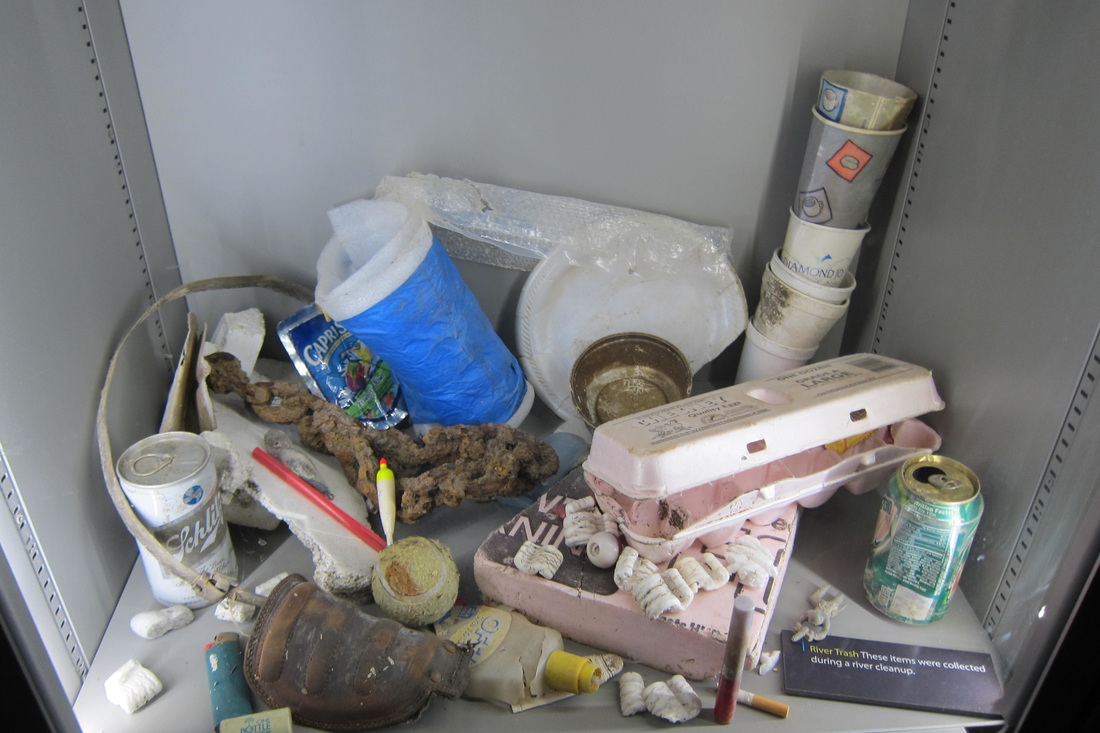
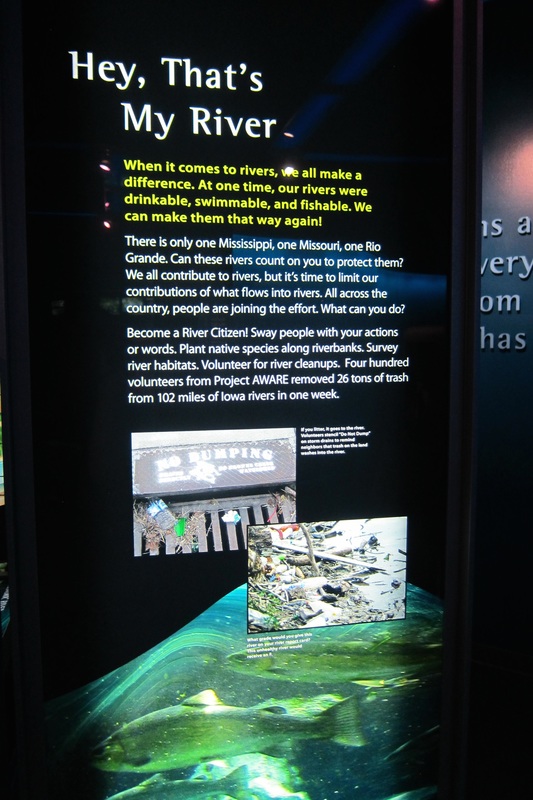
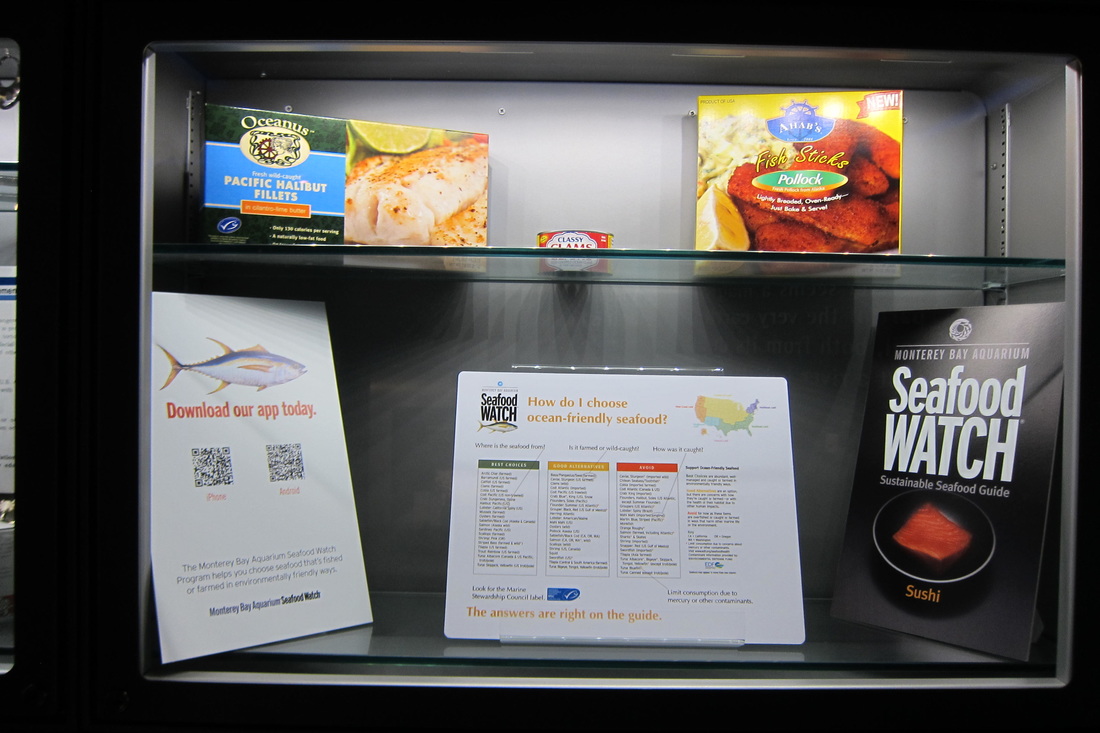
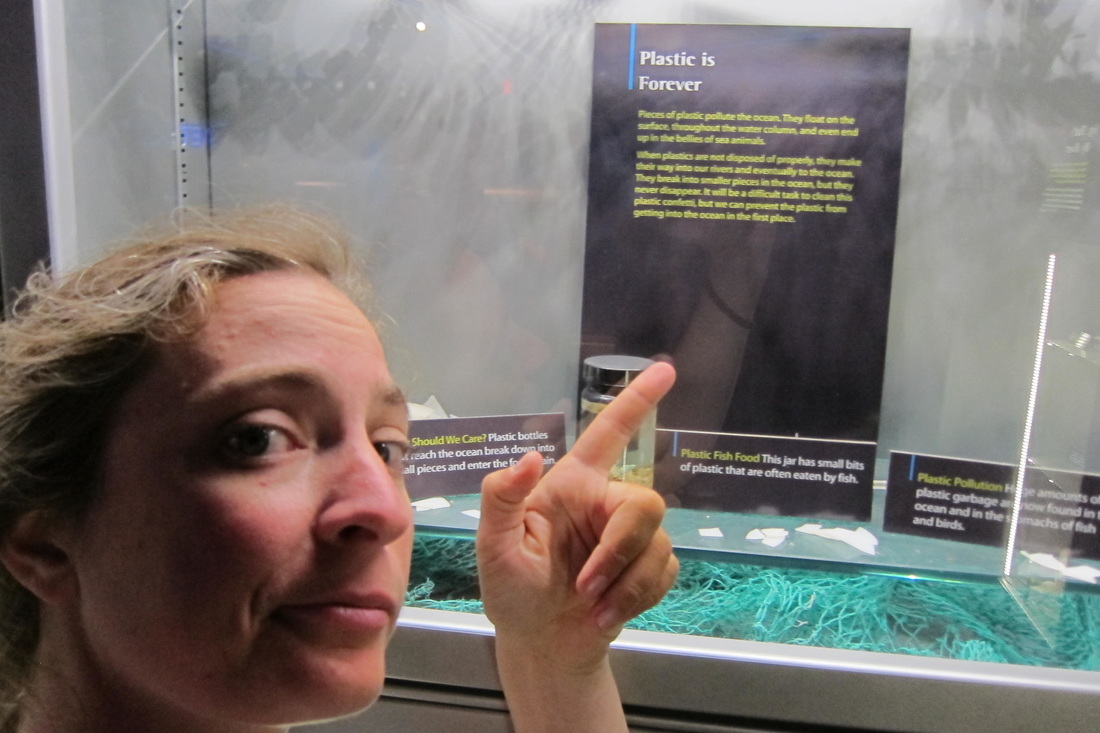
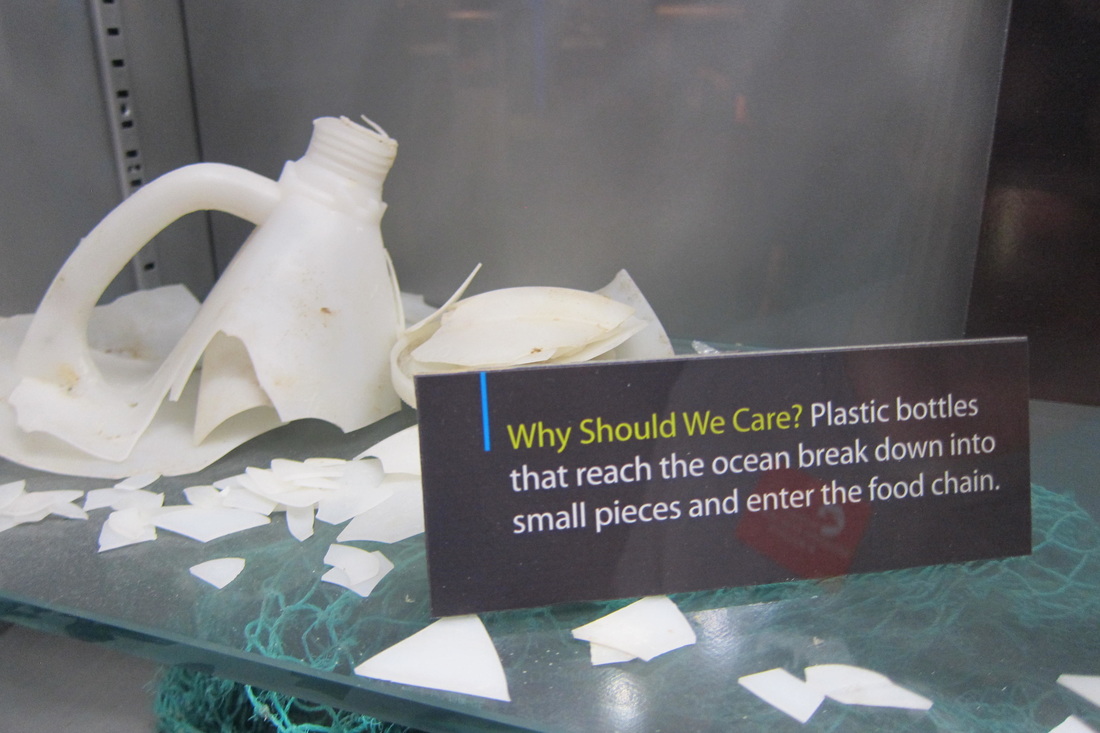
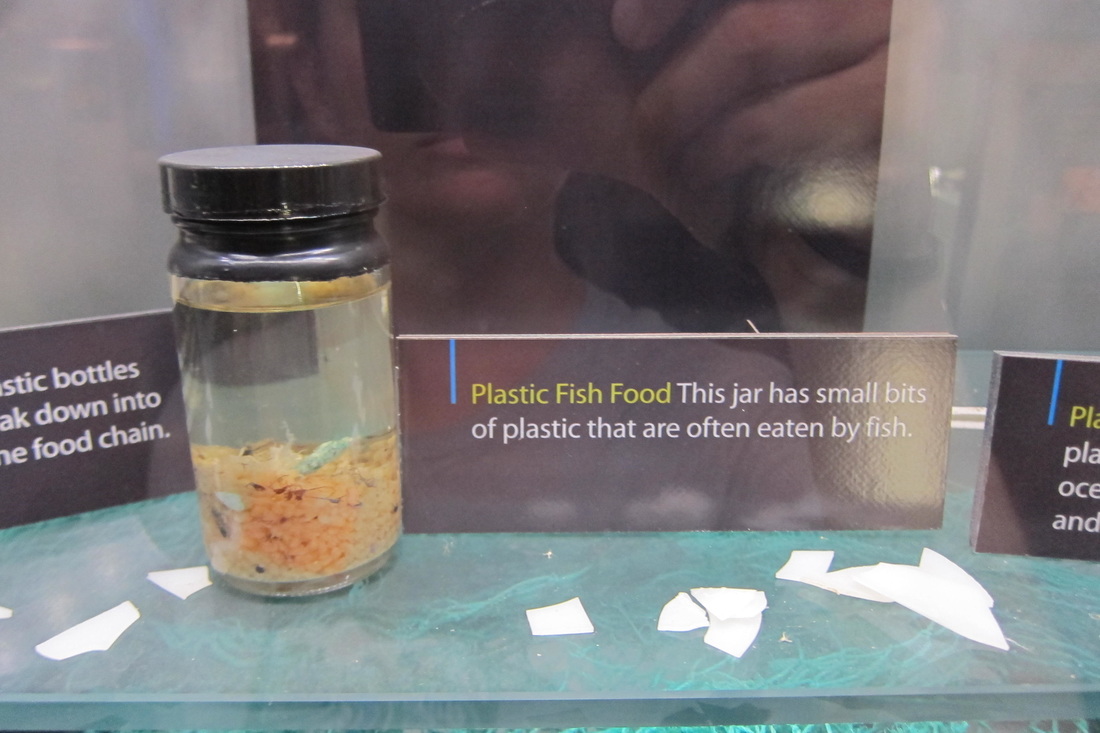
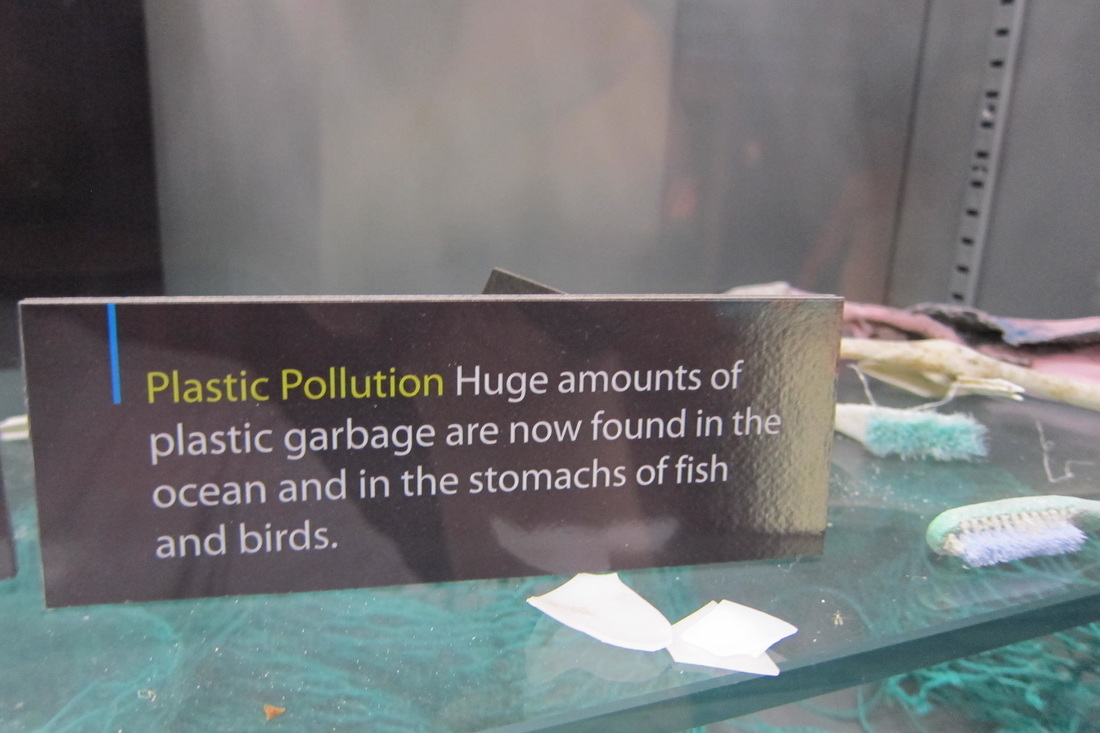
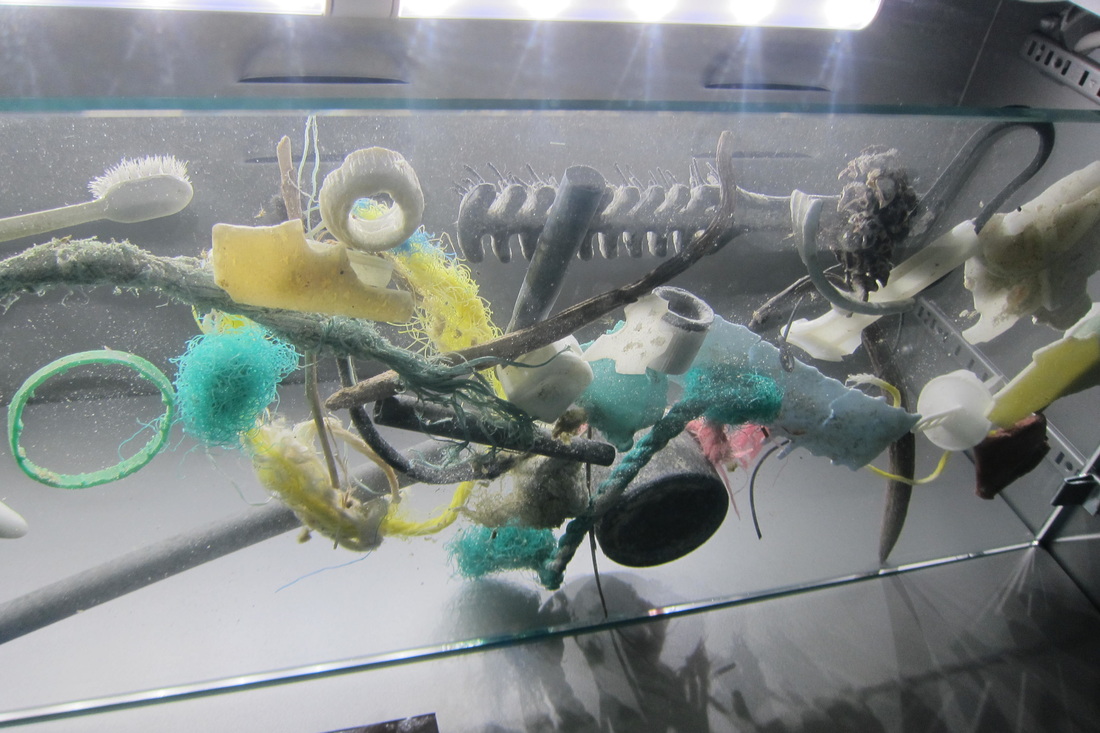
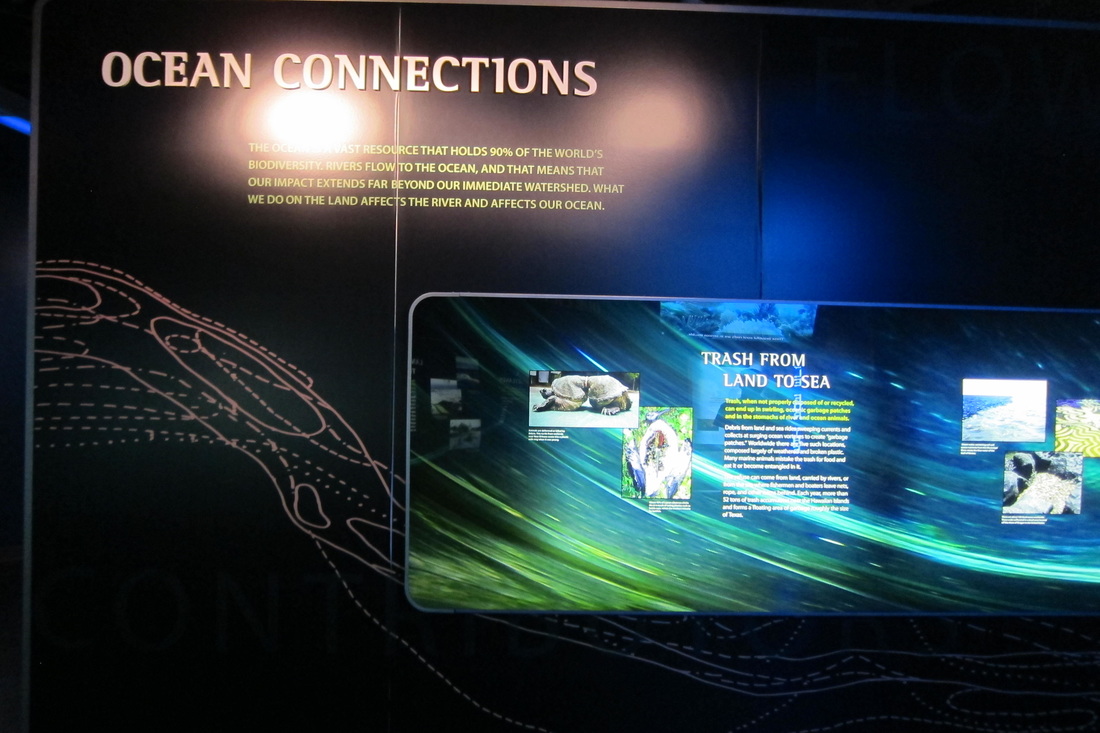
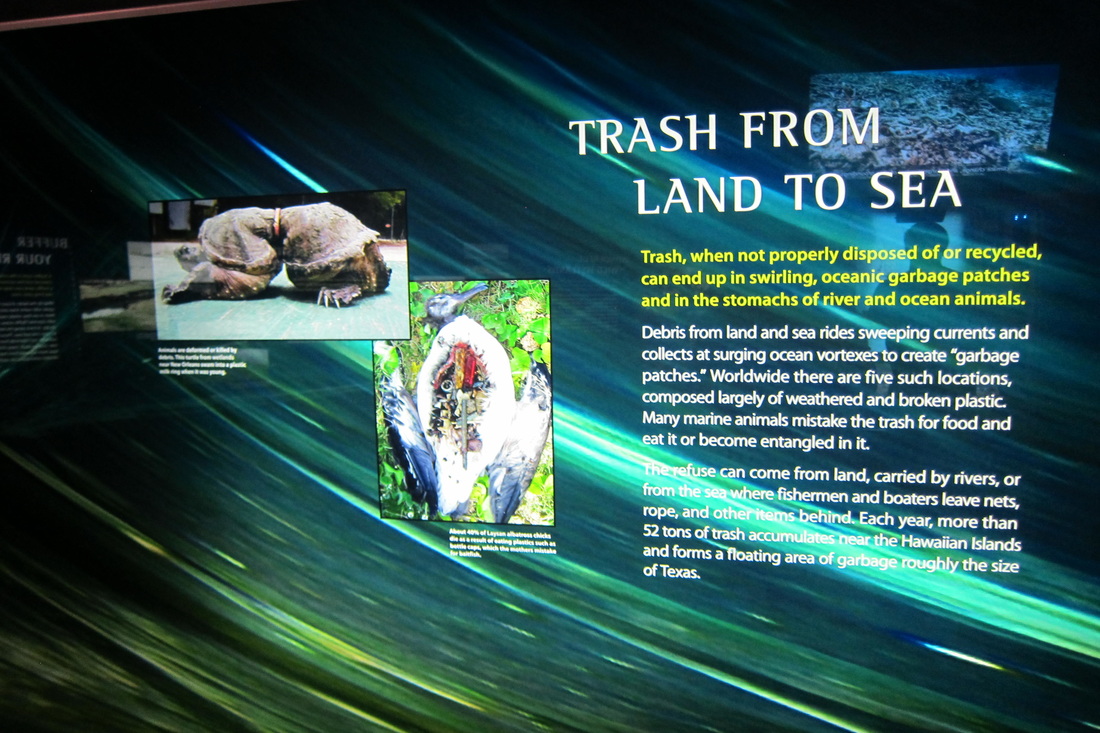
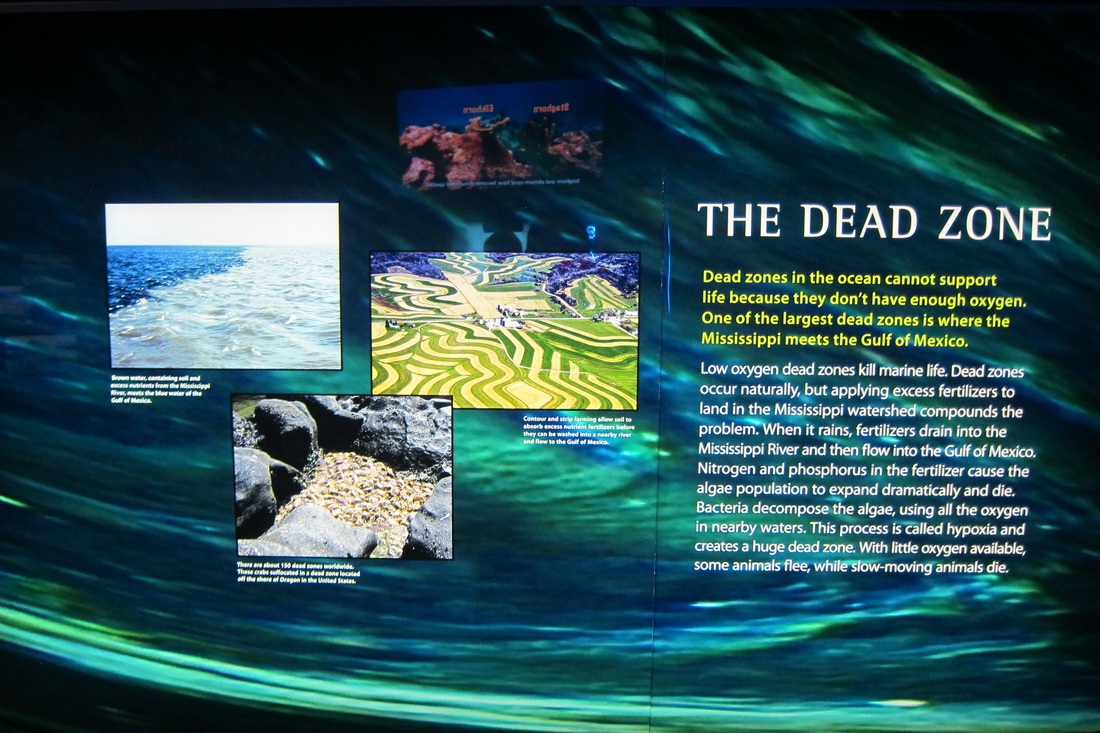
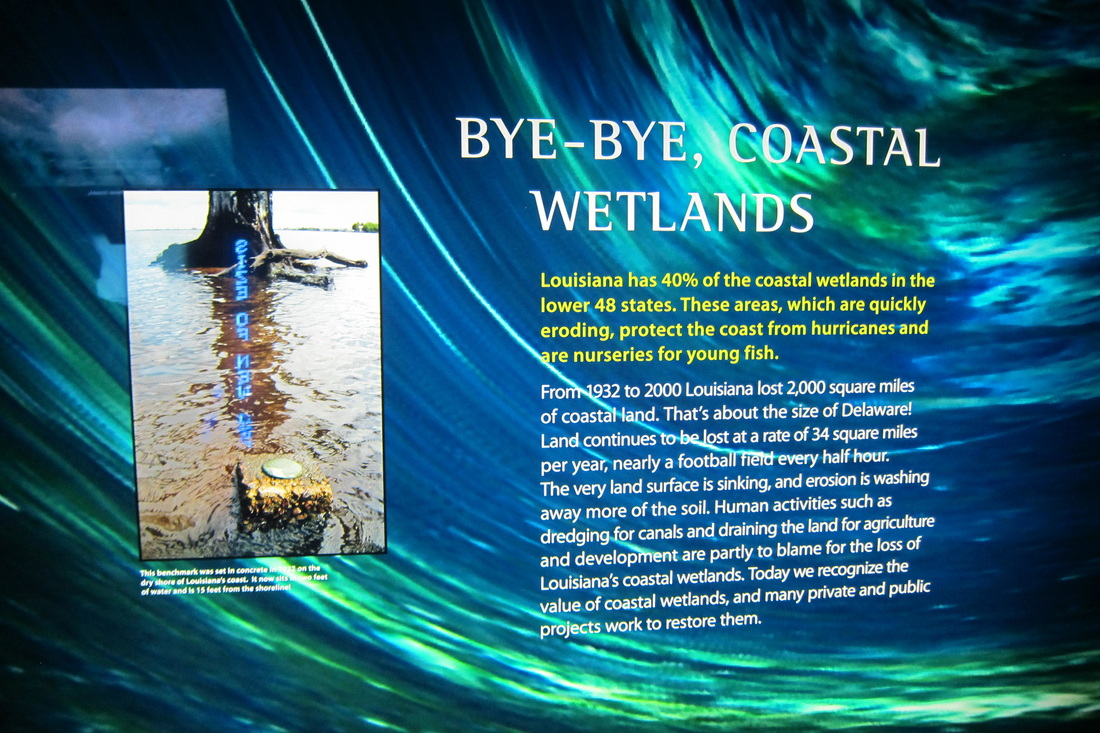
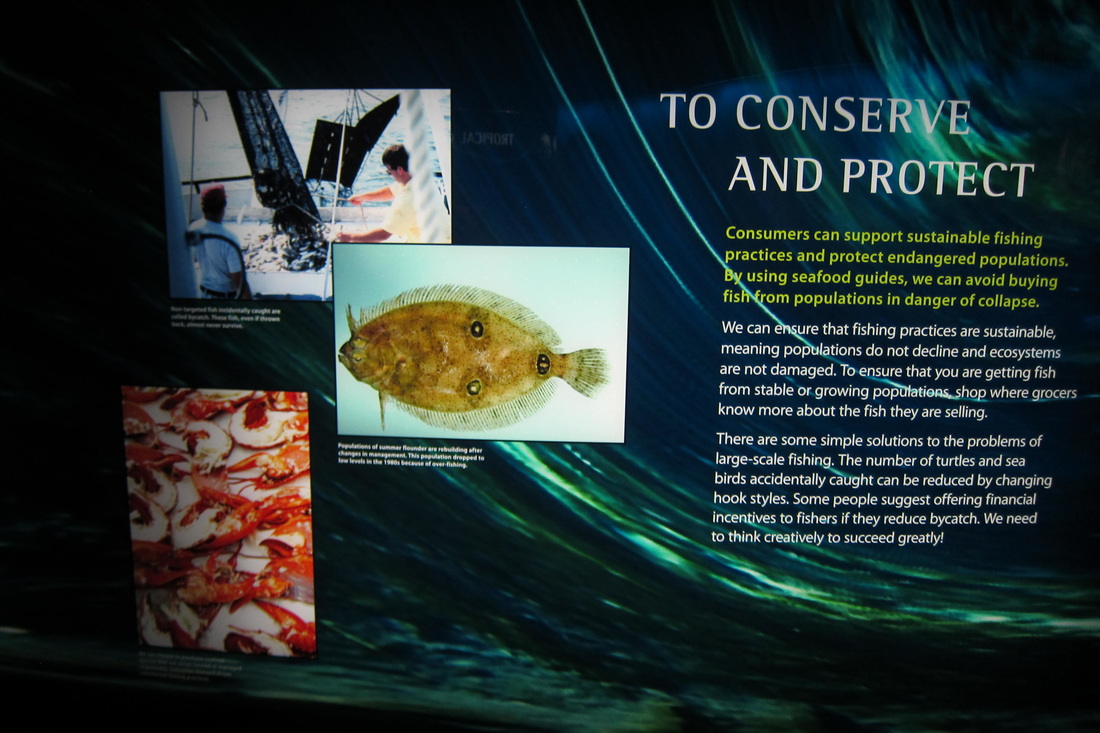
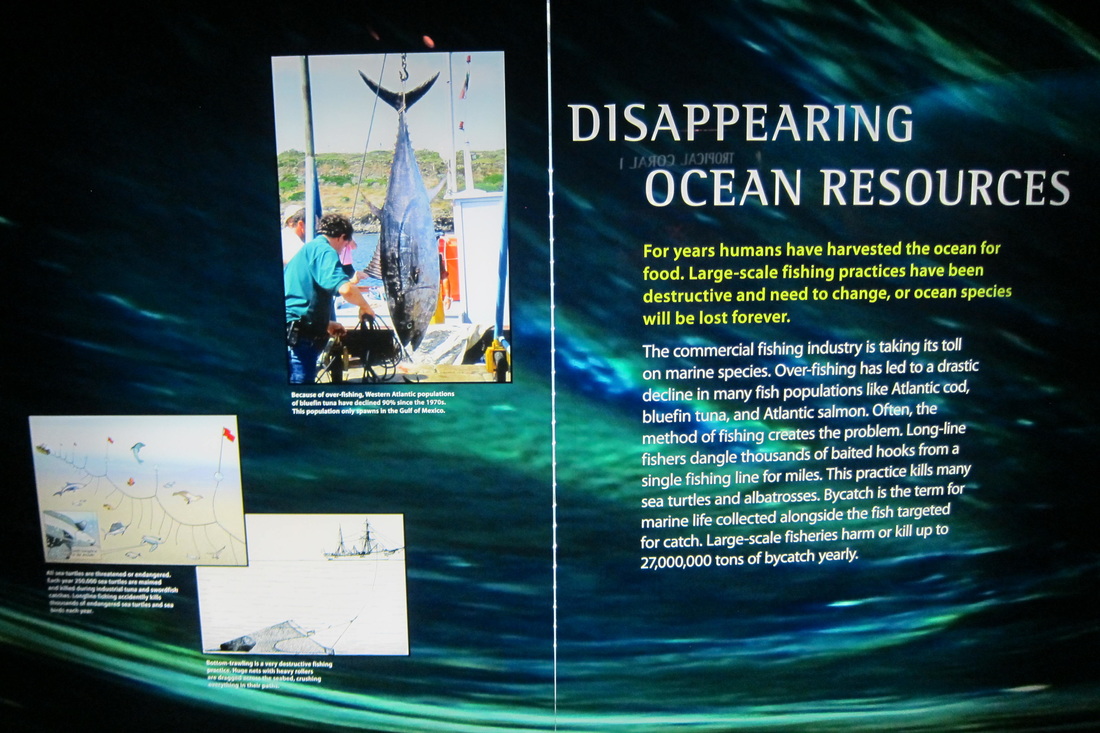
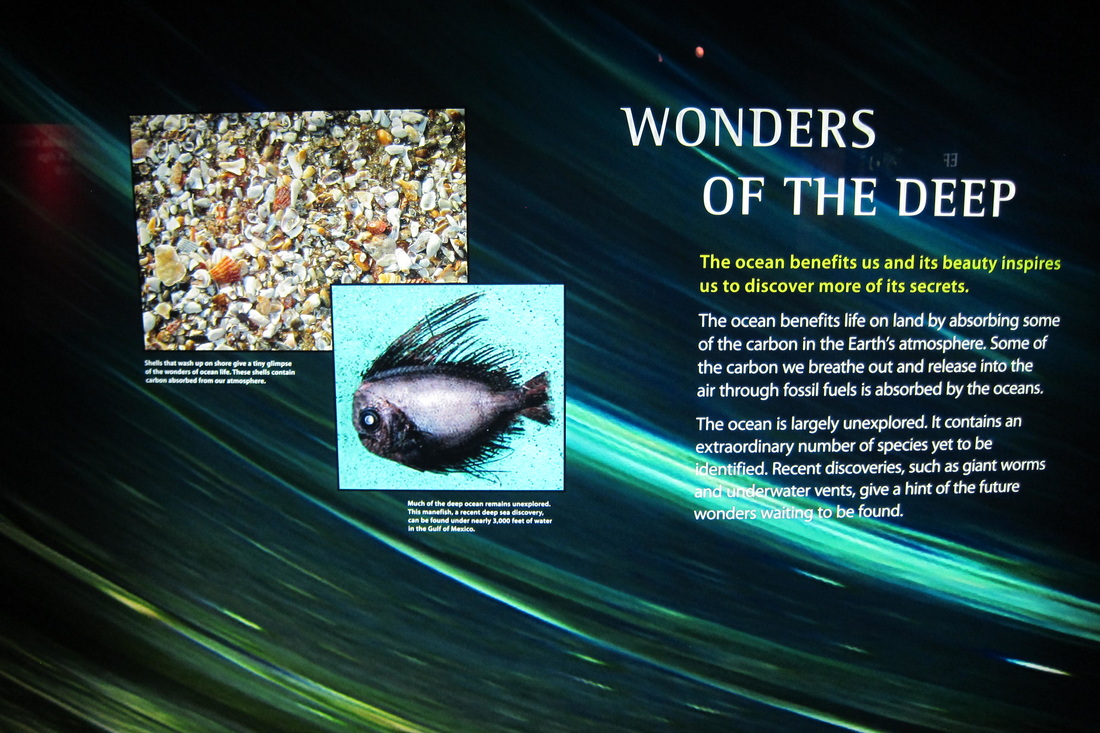
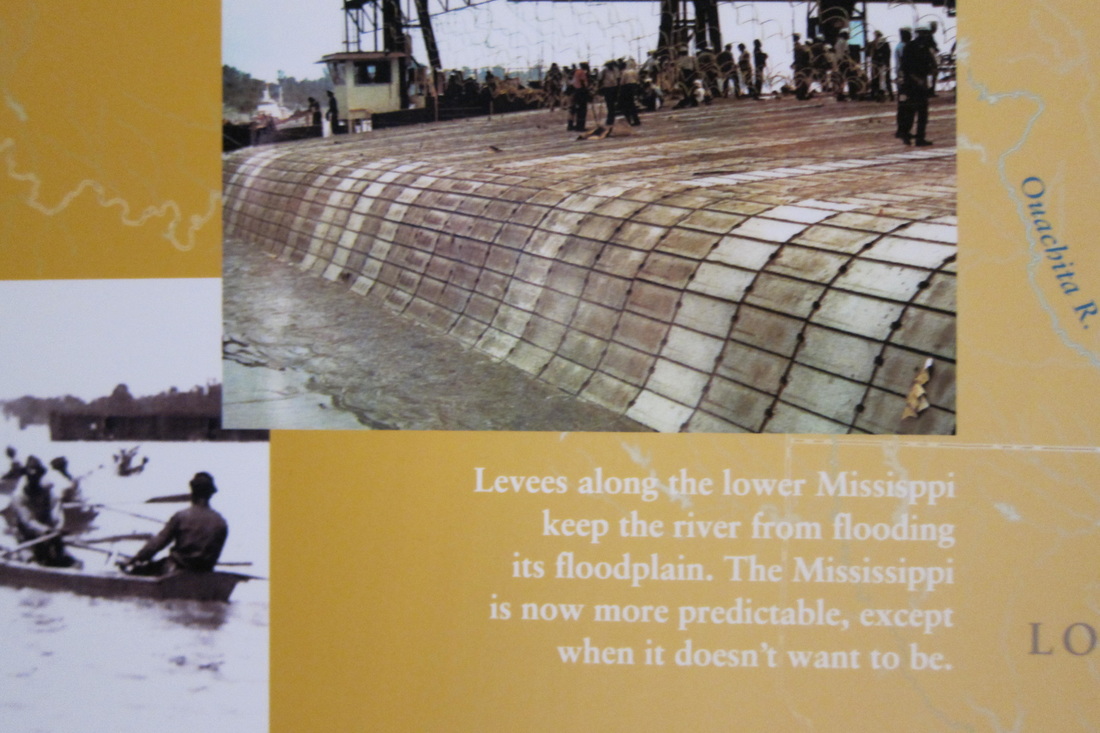
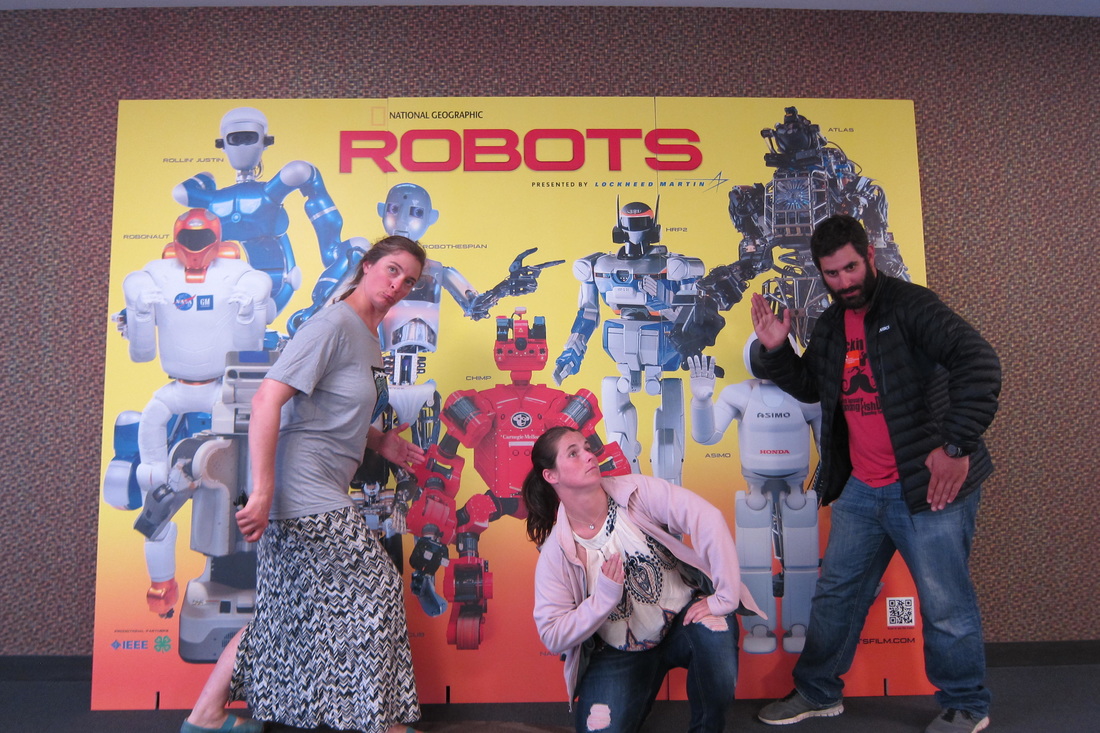
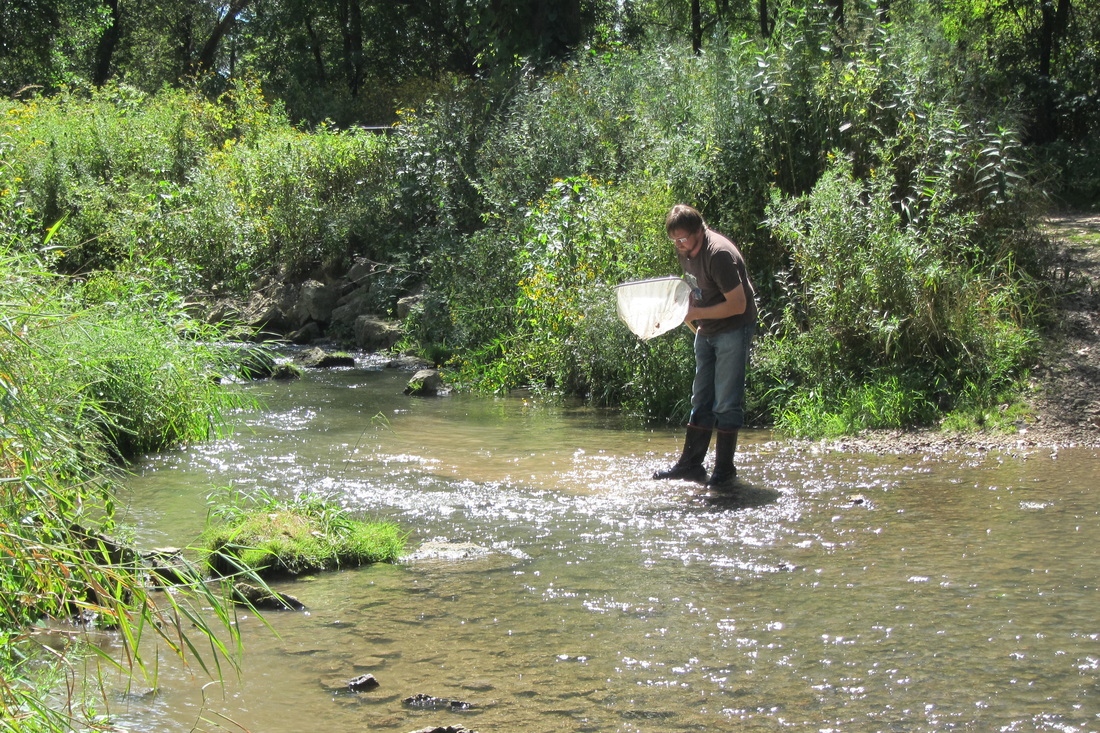
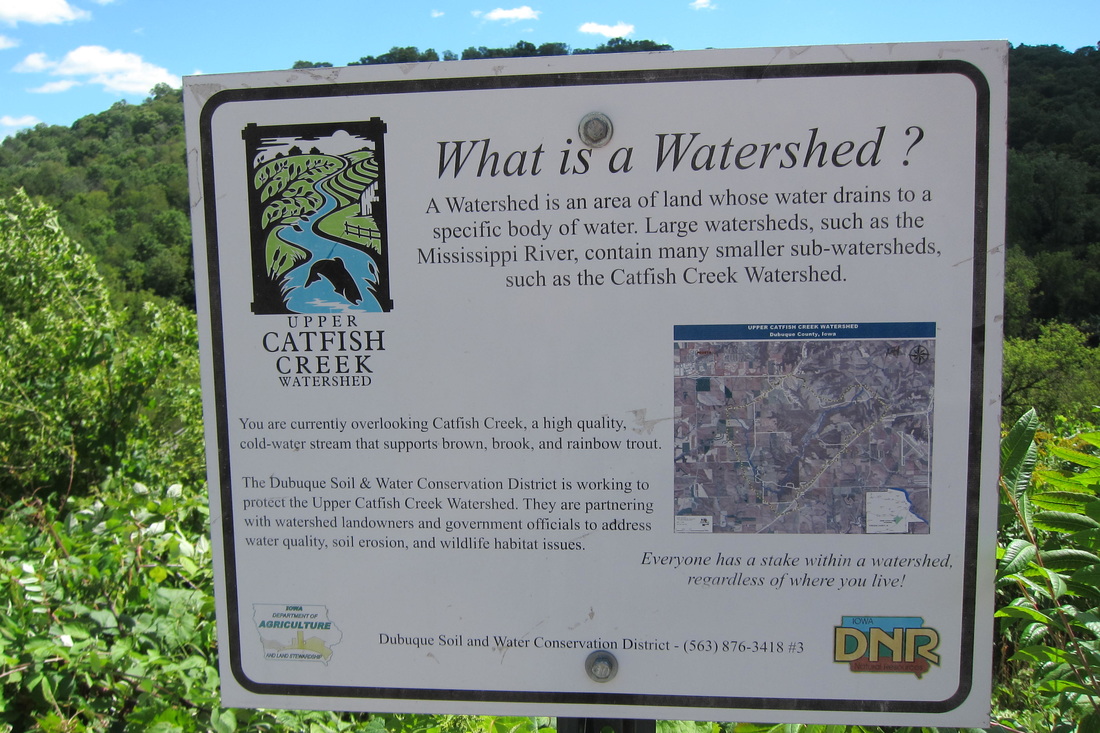
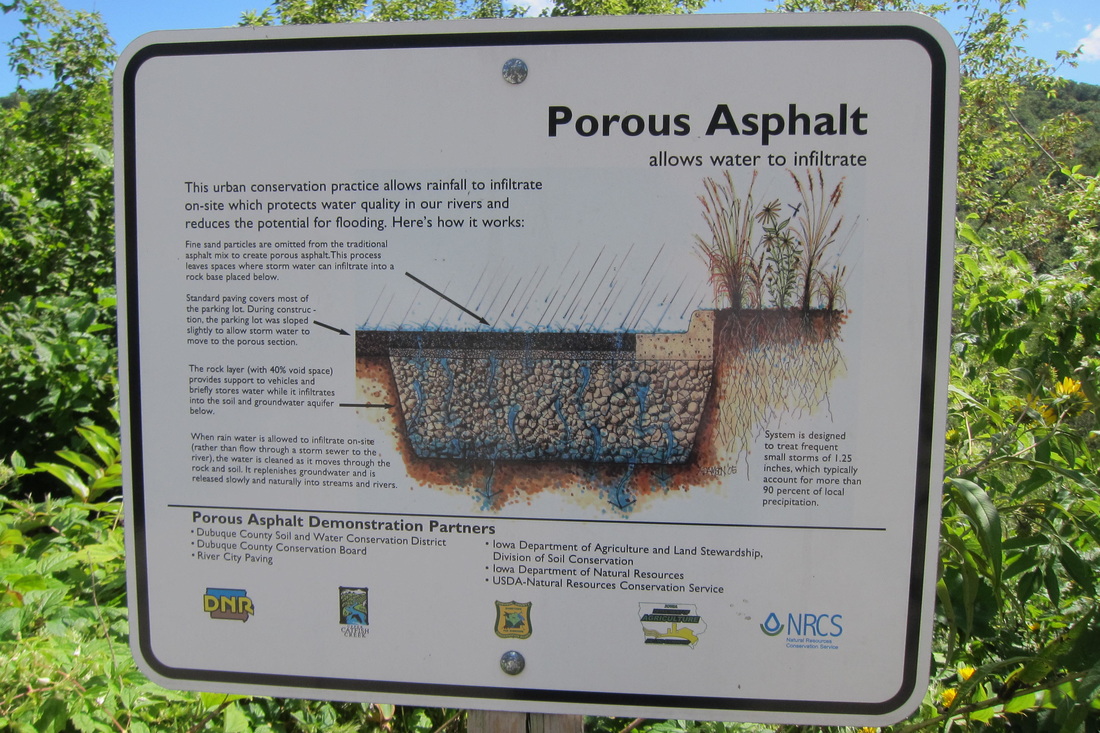
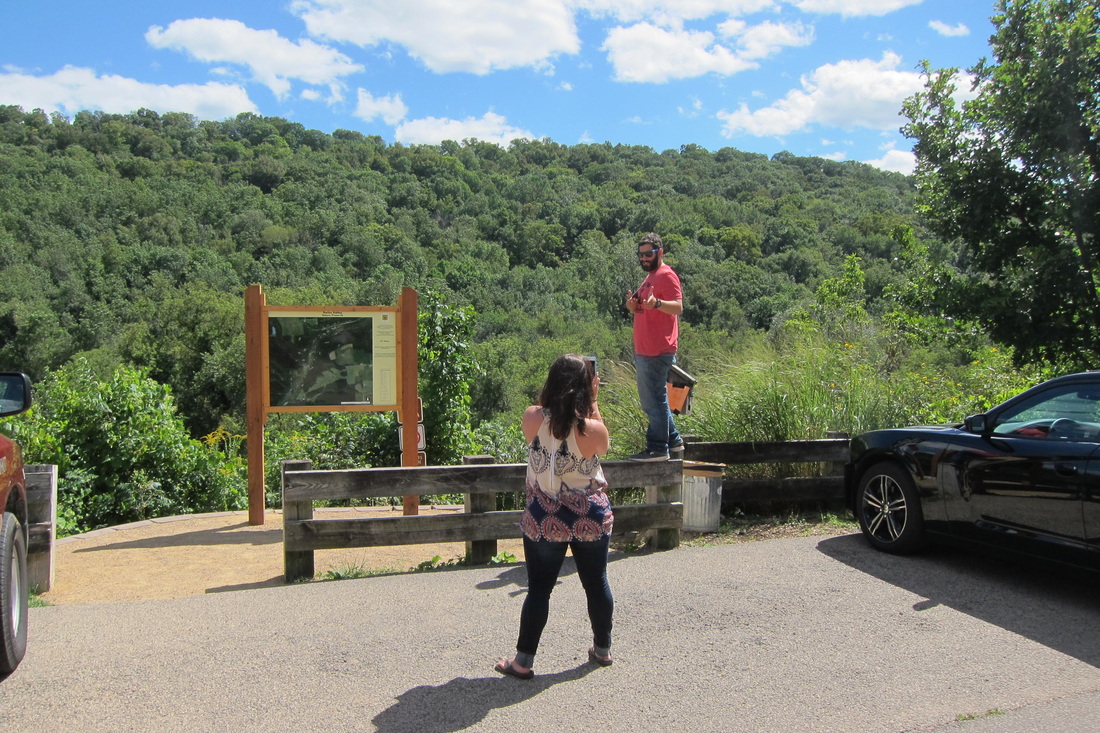
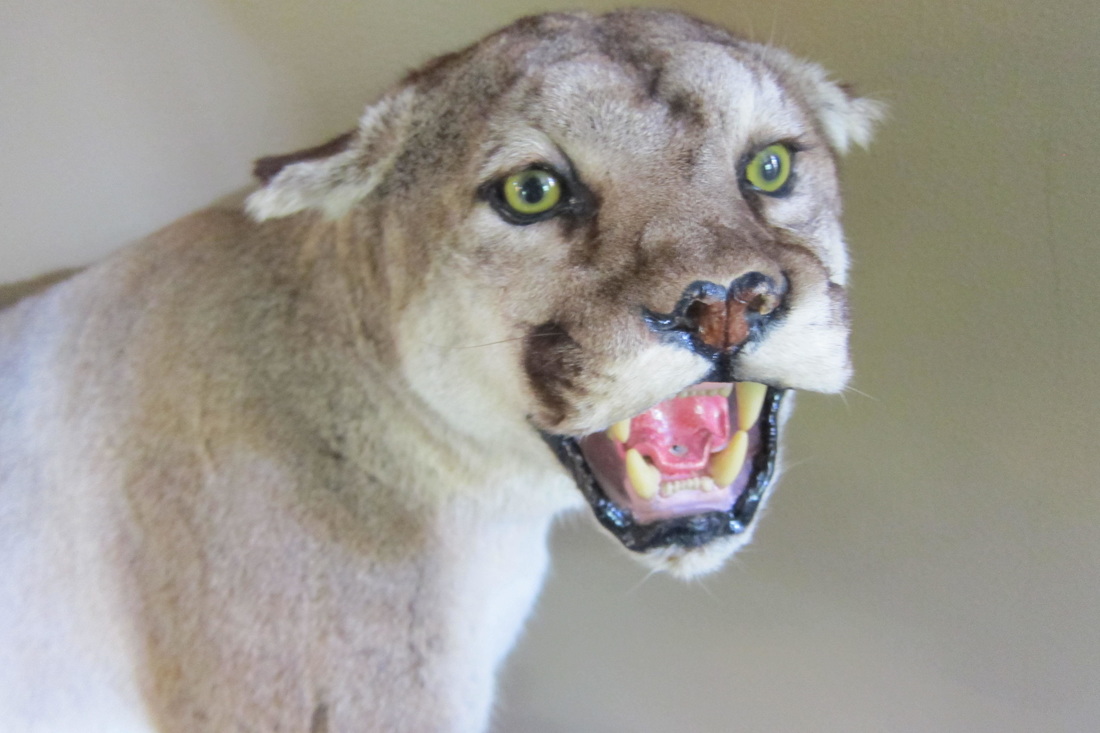
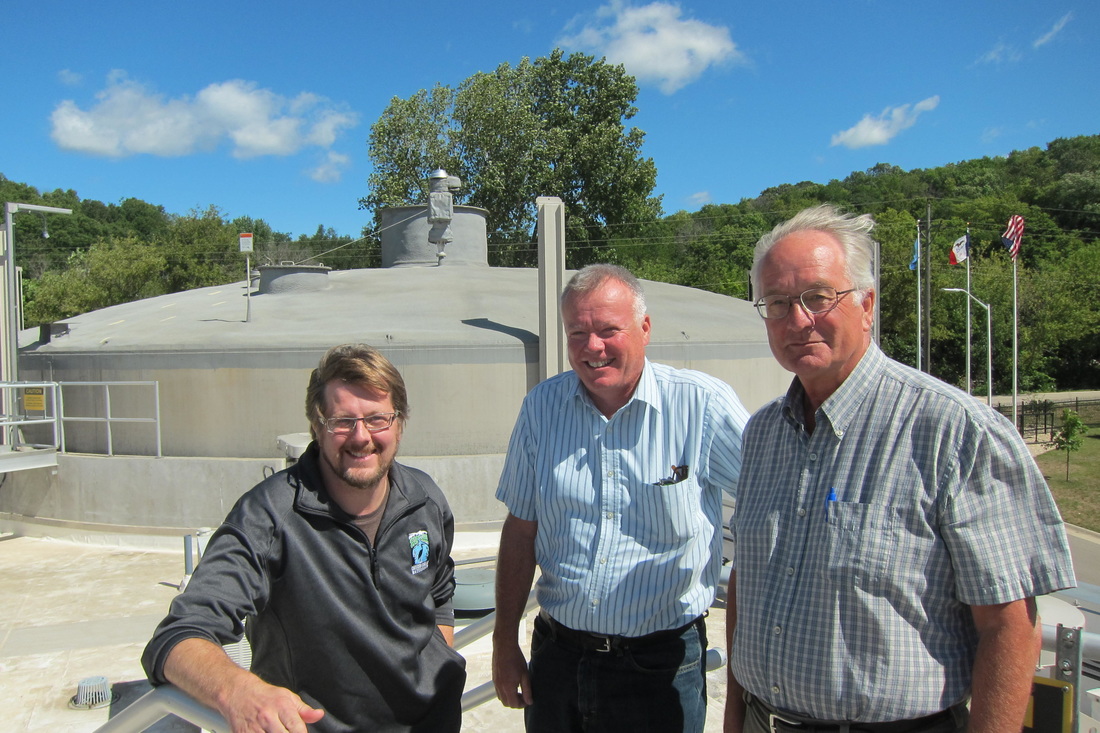
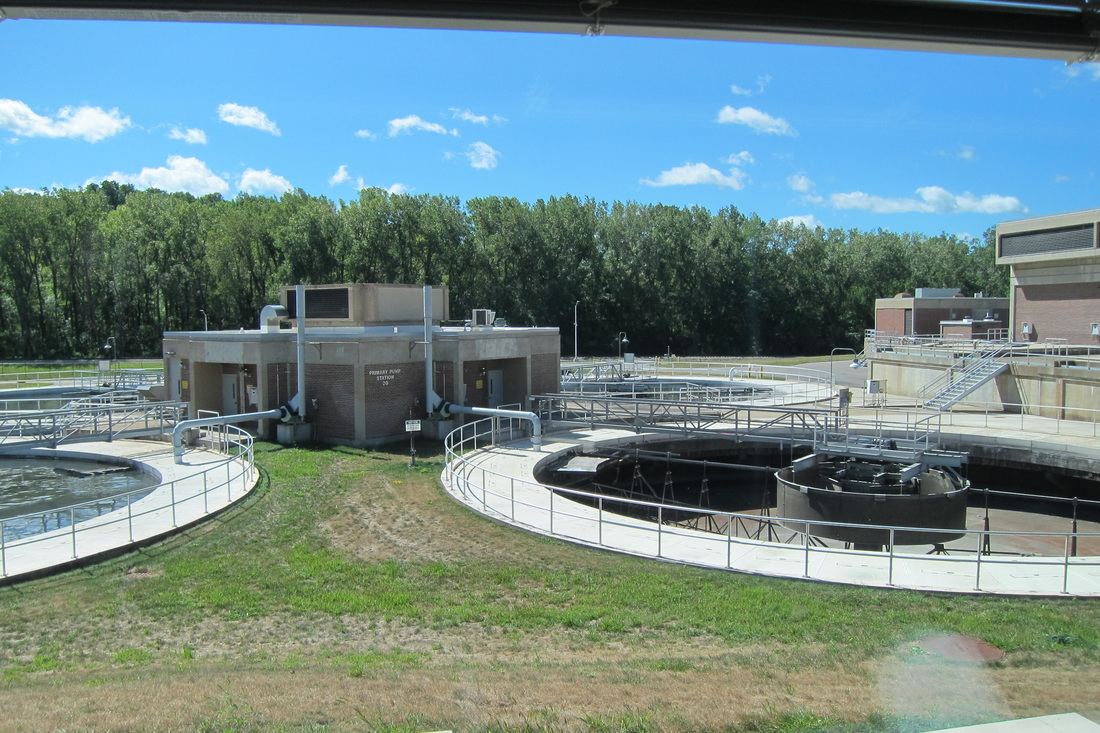
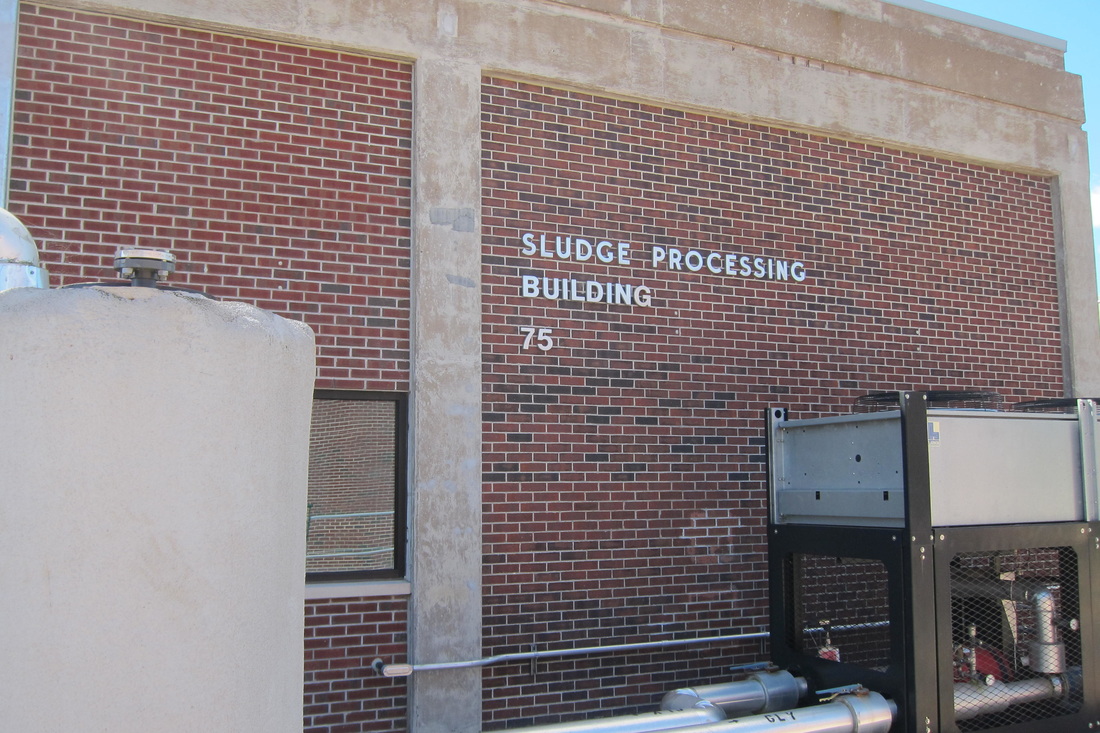
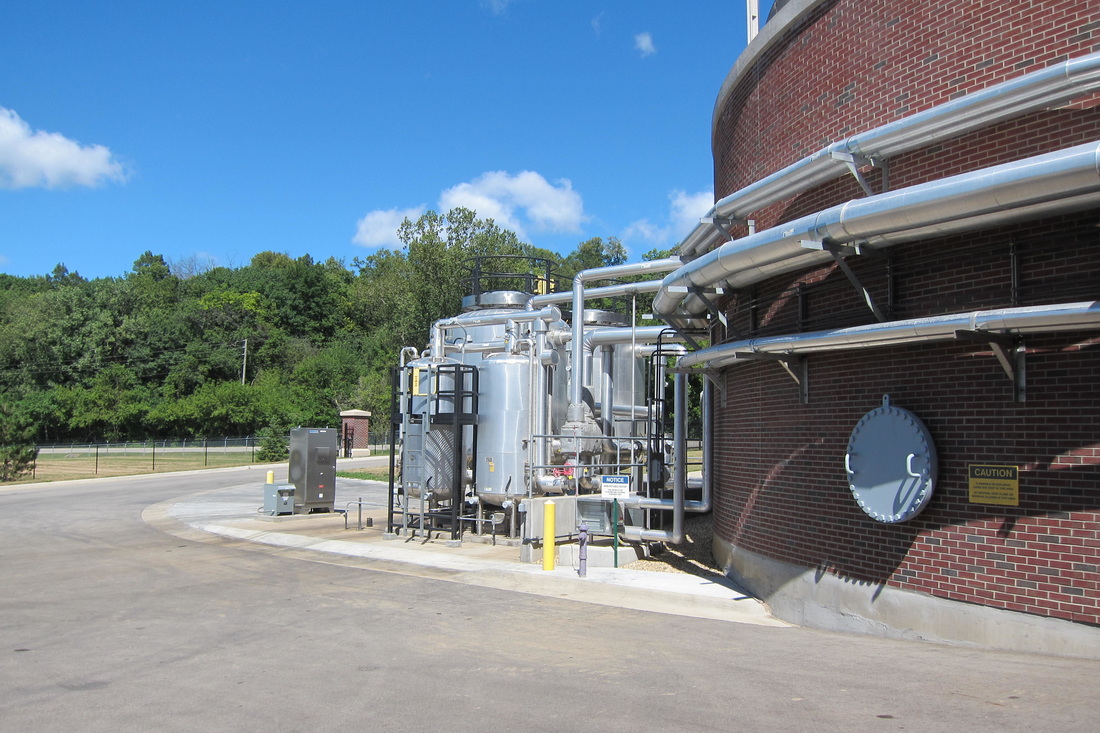
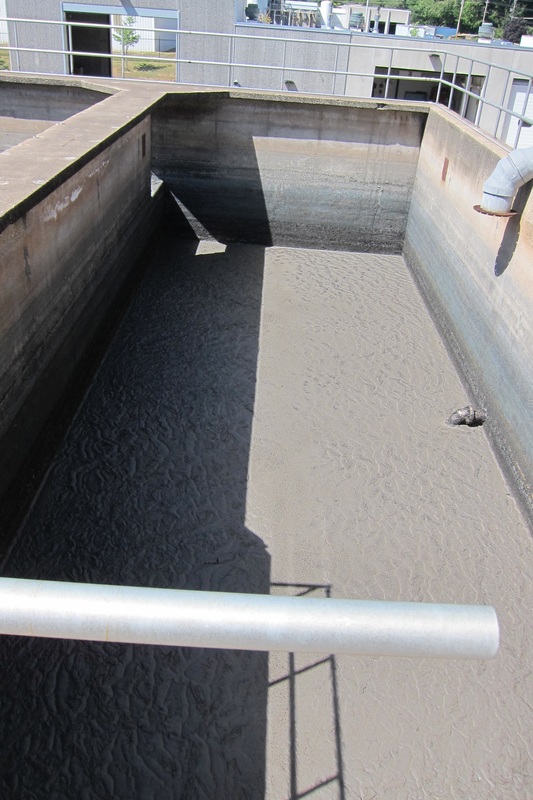
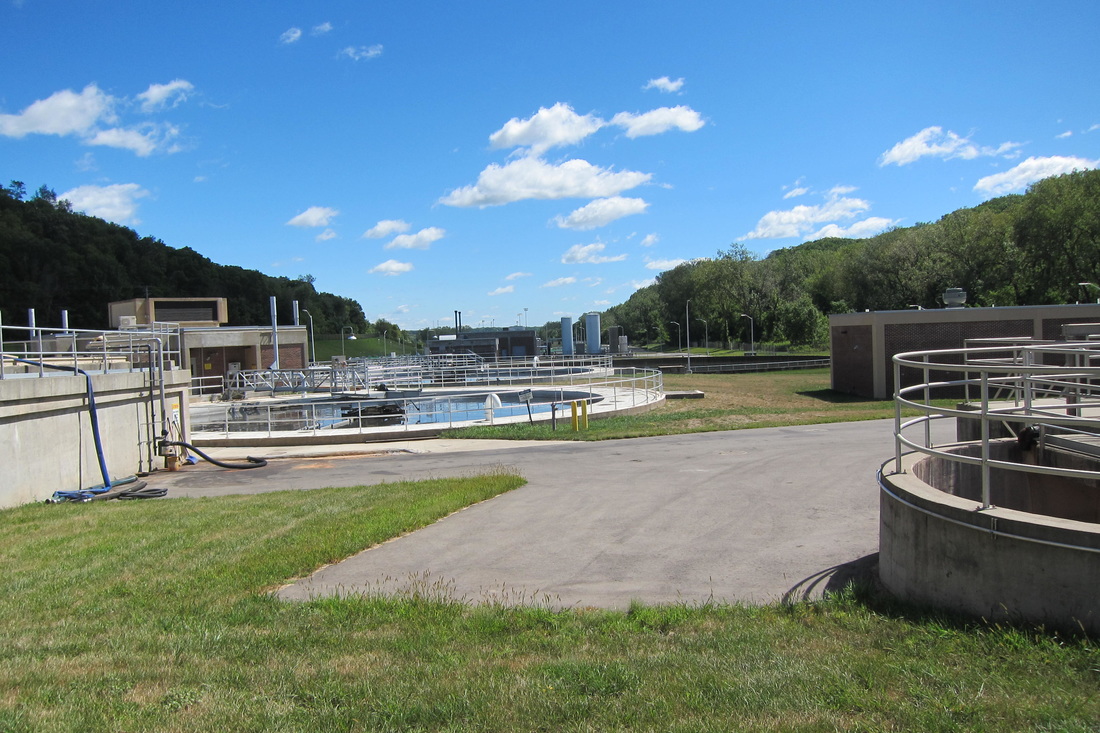
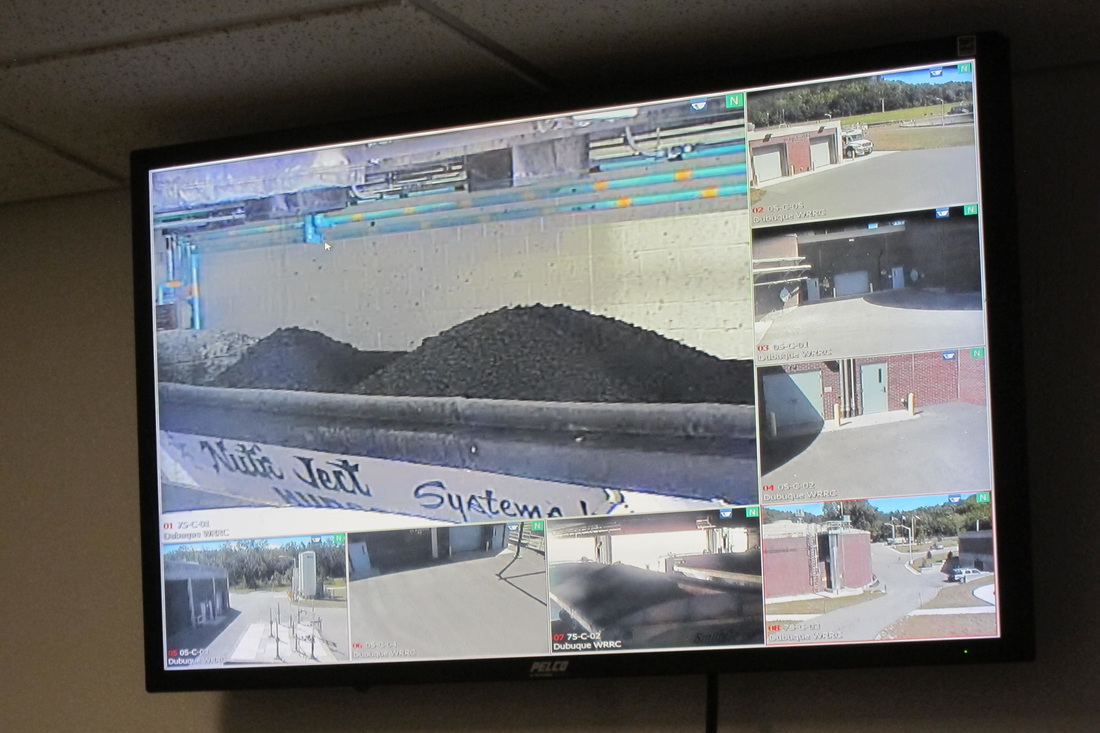
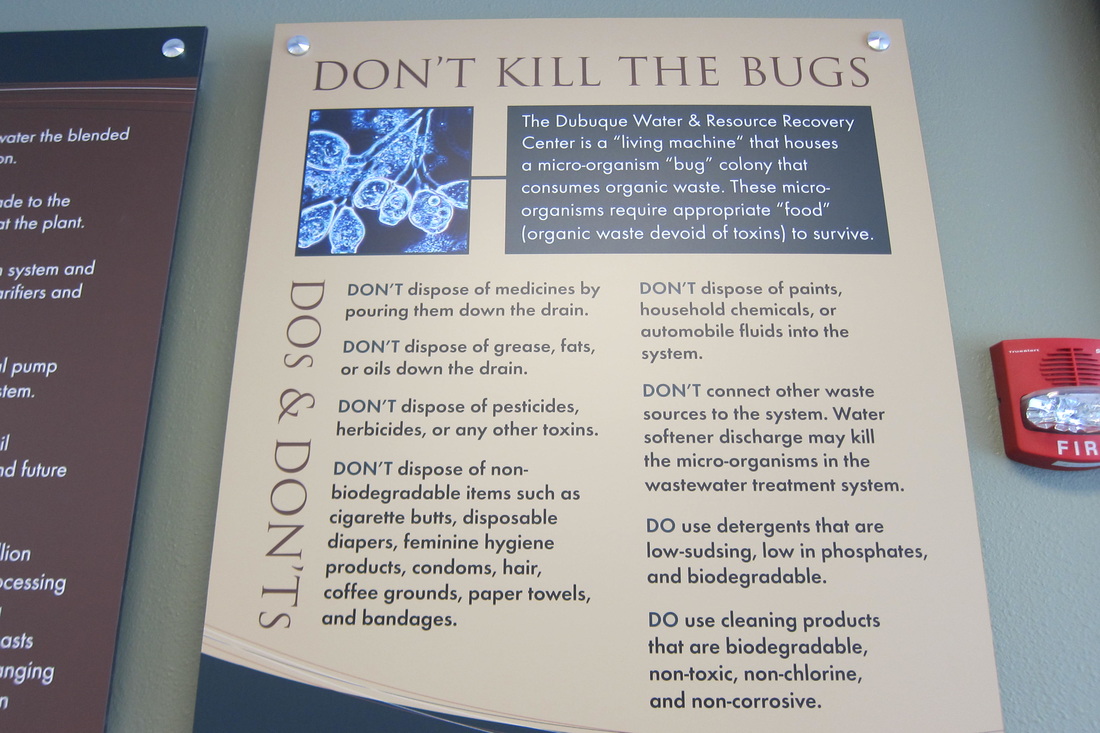
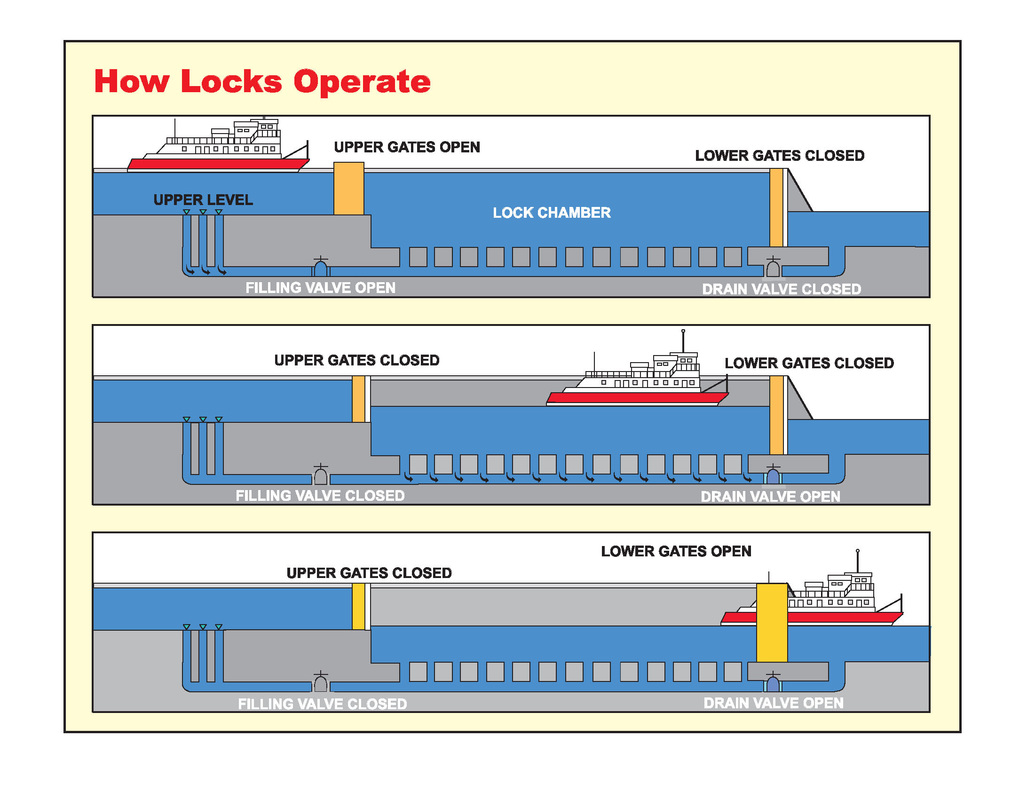
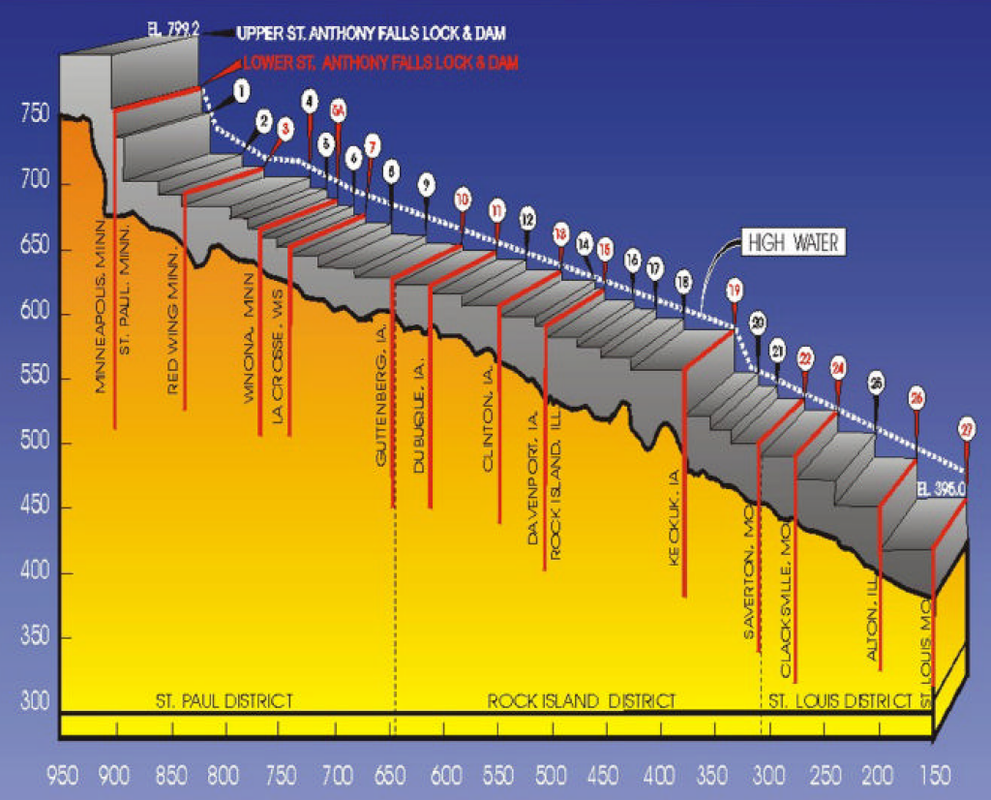
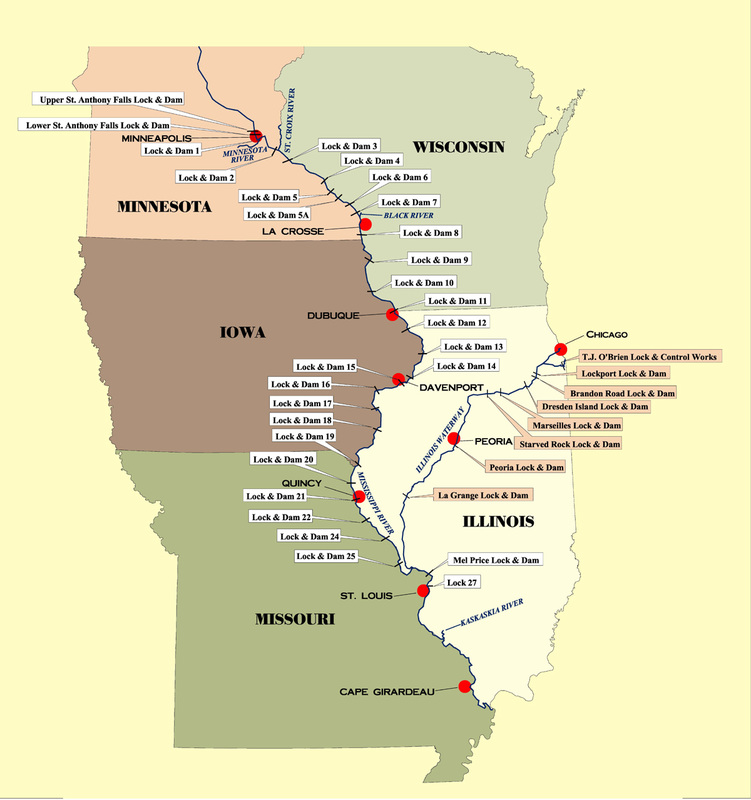
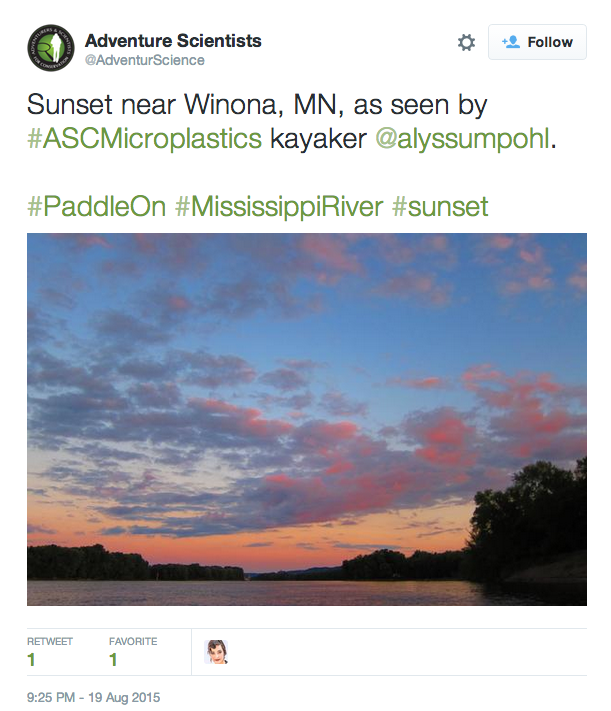
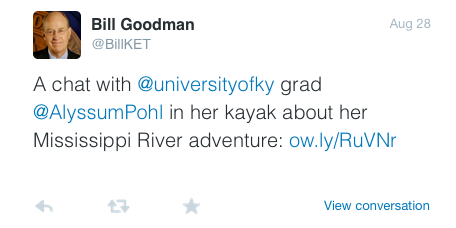

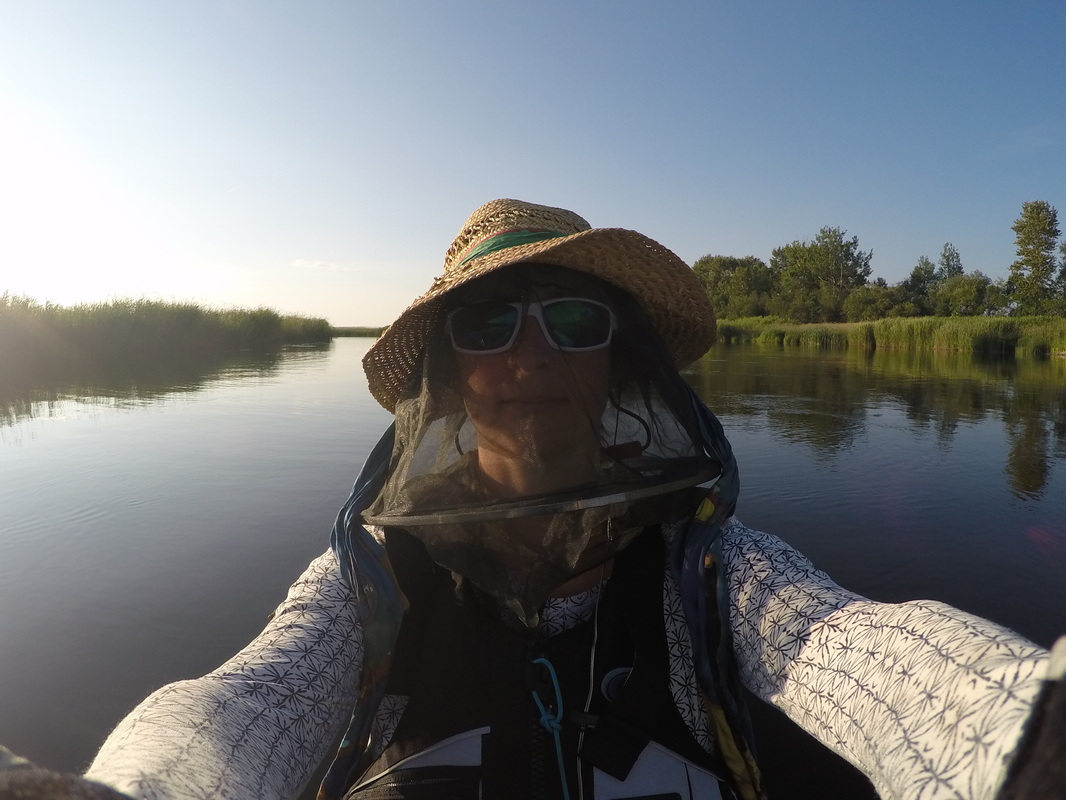
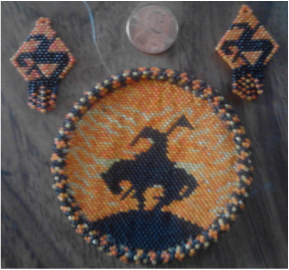
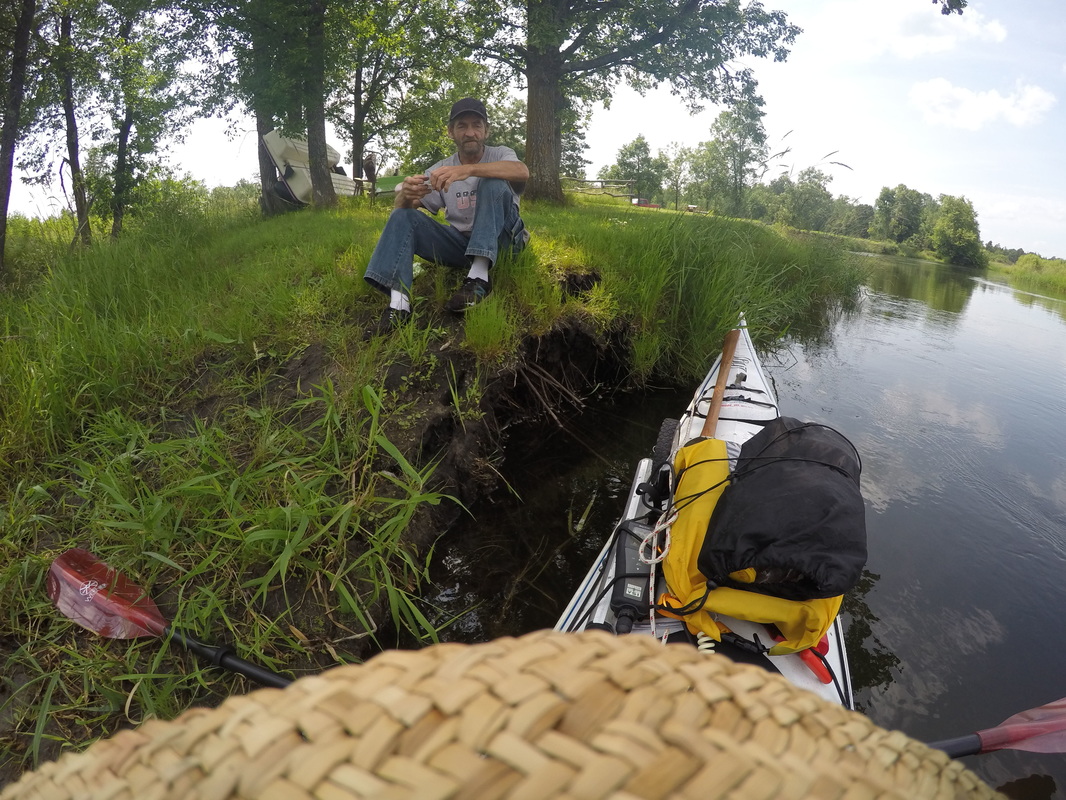
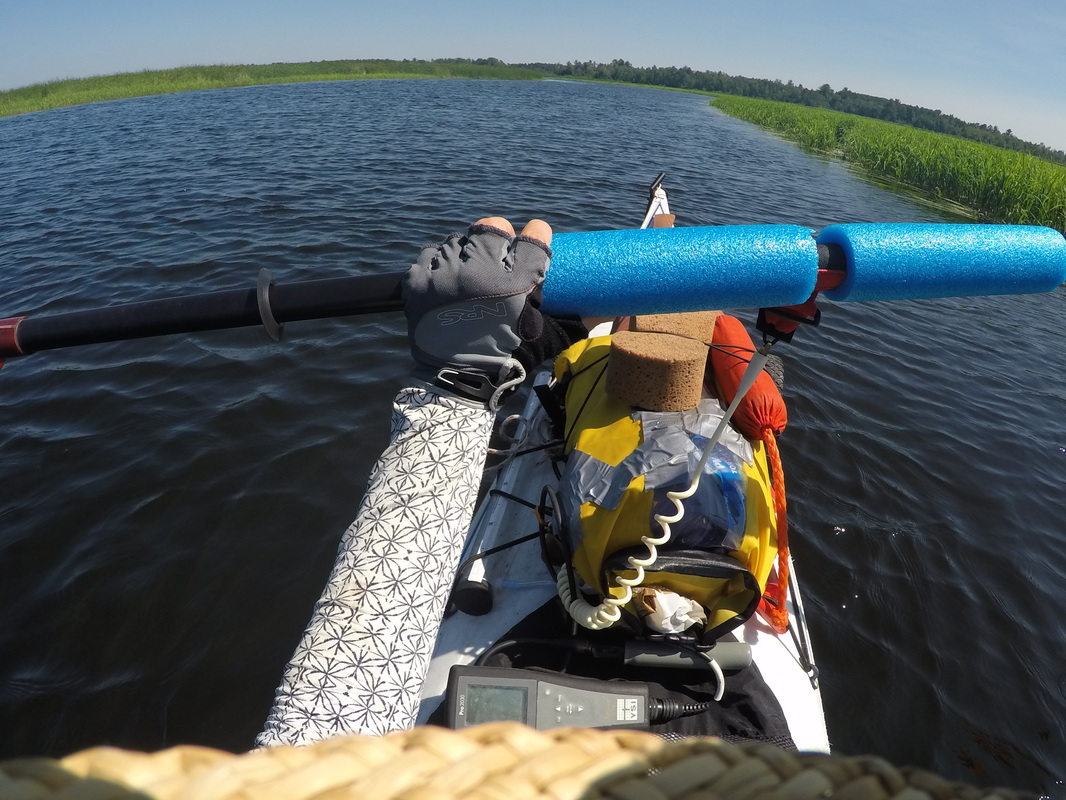
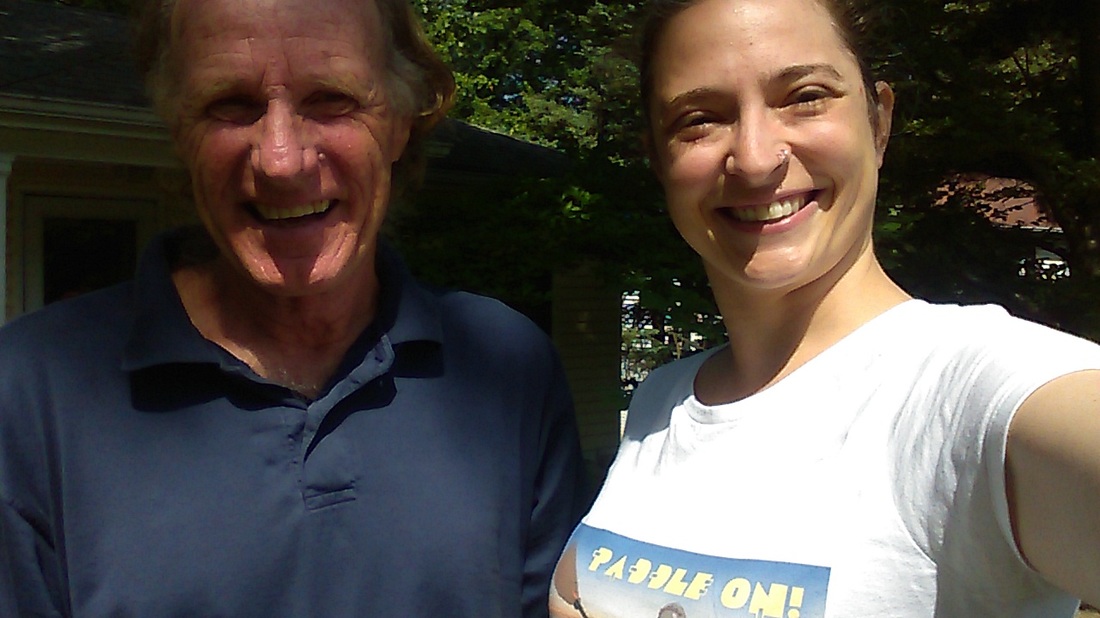
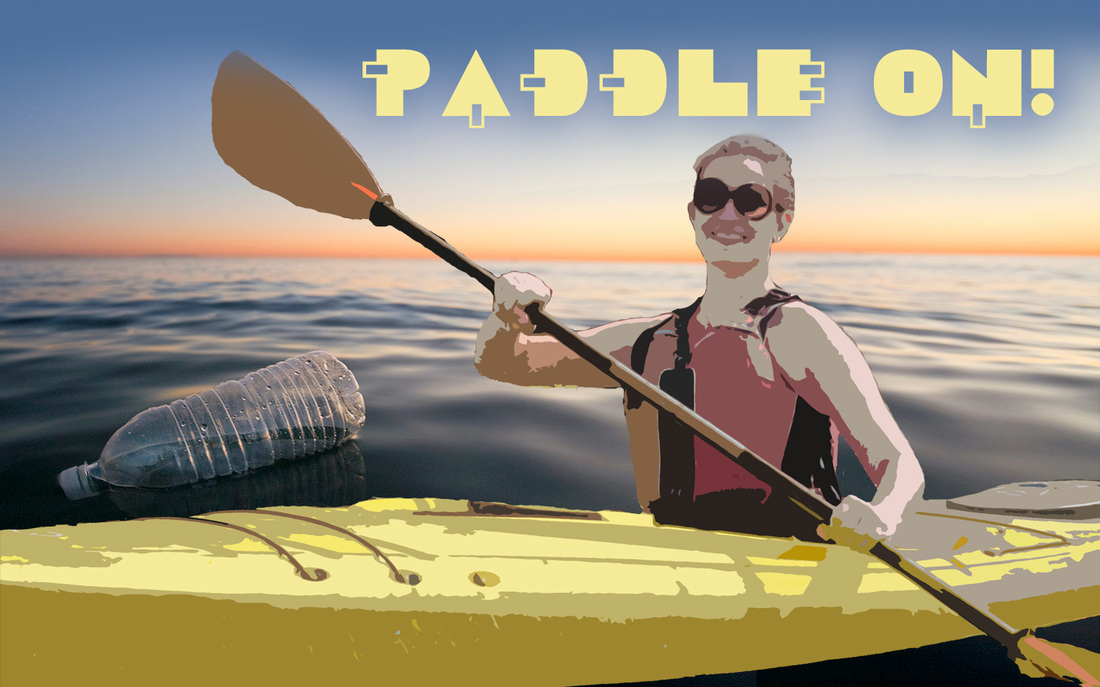
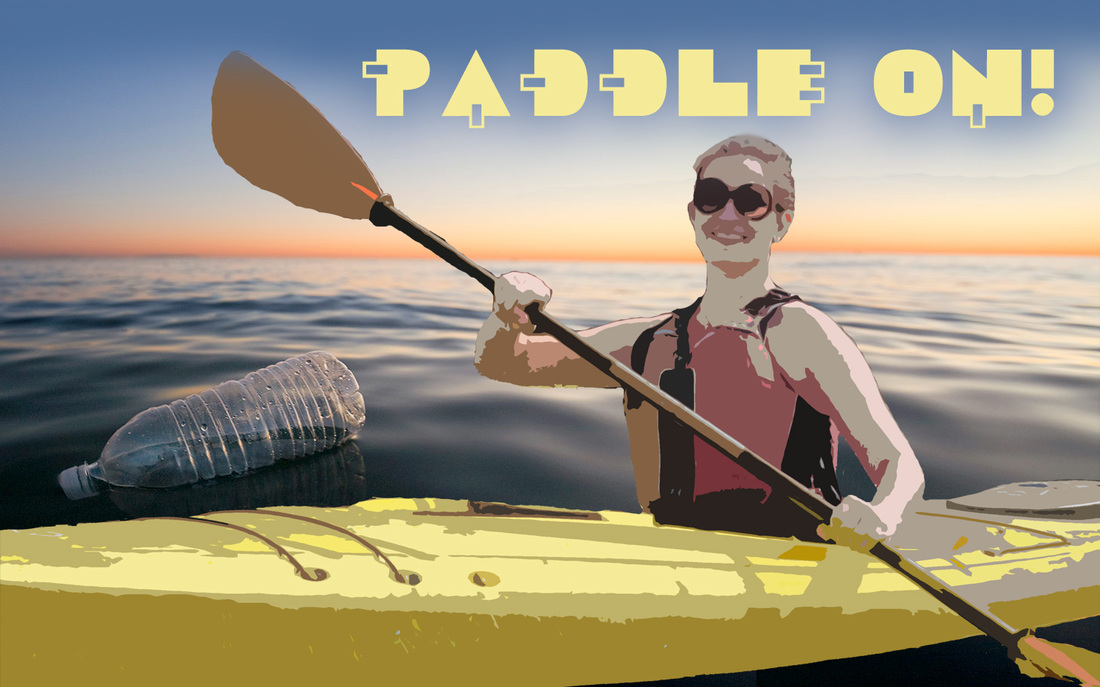
 RSS Feed
RSS Feed
